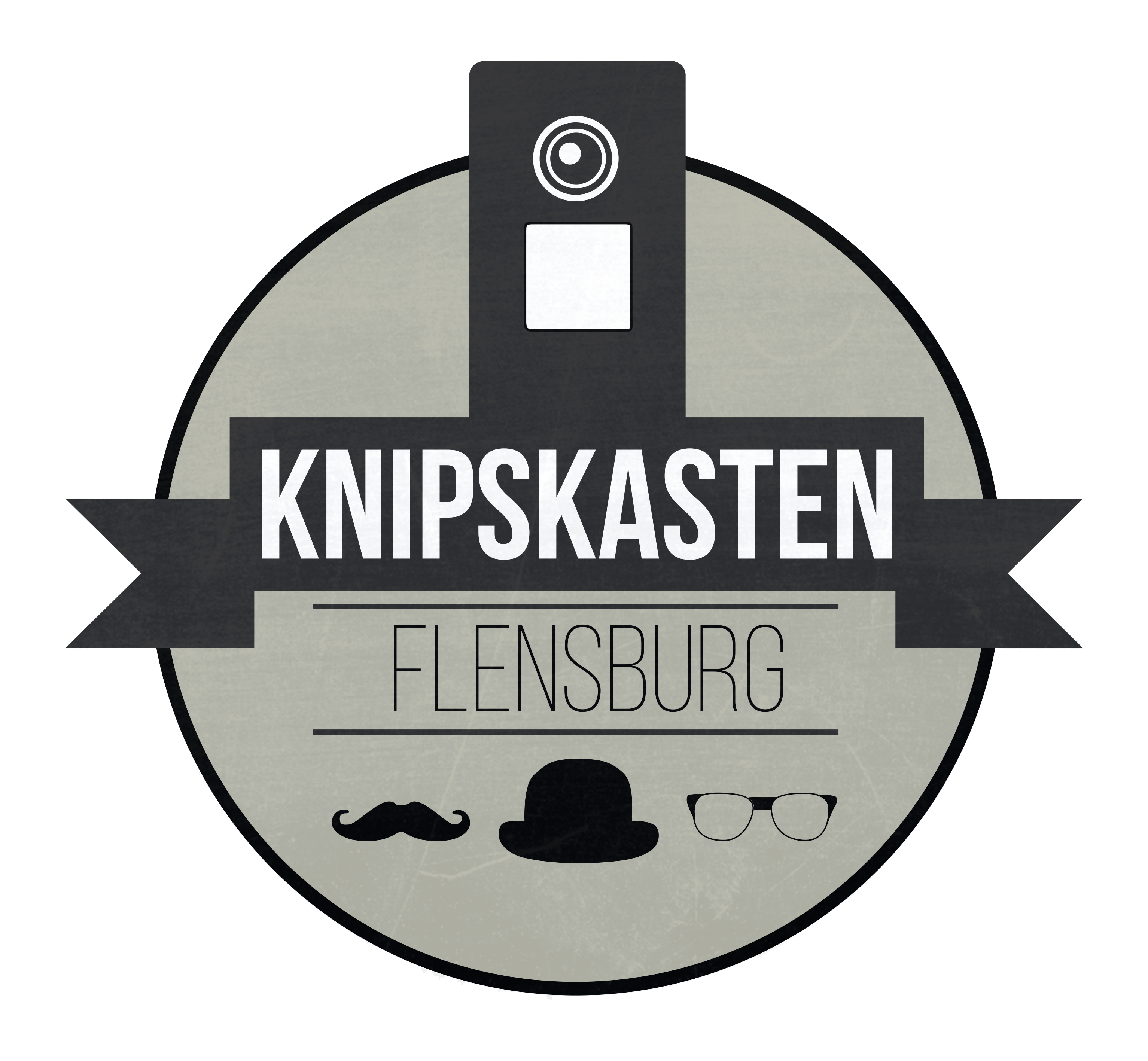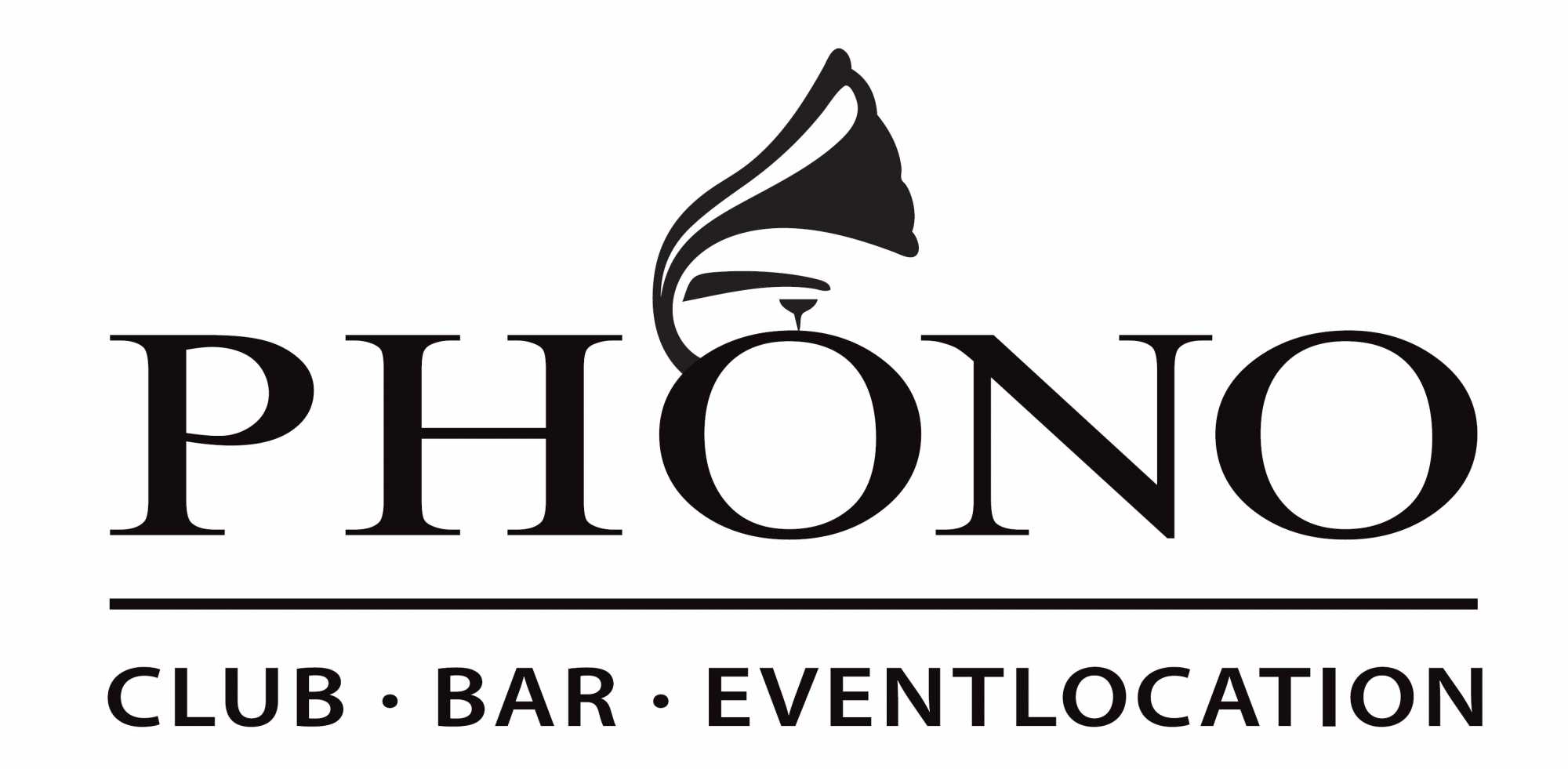The German-Danish-Frisian border region has a lot to offer in terms of landscape, culture and sport. The traces of its chequered history are still visible in everyday life today.
It is hard to imagine today, but the German-Danish border was fiercely contested for a long time. Over the centuries, the course of the border changed several times. Until the German-Danish War, the River Eider marked the border between the Danish Duchy of Schleswig in the north and German Holstein in the south. With the Peace of Vienna in 1864, the whole of Schleswig, which extended almost as far north as Kolding, fell to Prussia.
Contested border
Two years later, under French pressure, Prussia agreed to a referendum on a possible annexation to Denmark. This was only implemented by the Allies after the First World War. In the 1920 referendum, the population north of the current border voted in favour of belonging to Denmark and south of it to Germany. This was also the birth of the German minority in North Schleswig and the Danish minority in South Schleswig.
On the way to England
Little is known about the fact that the course of the world was changed from here in ancient times. During the Migration Period in the 5th century, the Angles who had settled in eastern Schleswig joined forces with the Saxons in the south, the Jutes in the north and the Frisians in the west and travelled across the North Sea to Britain. They displaced the Celtic population in what is now southern and central England. The Angles gave the whole of England its name, and the Anglo-Saxons later spread across the whole world.
33 kilometres from the North Sea to the Baltic Sea
The motto of the 5th EUROPEADA sums up the main geographical feature of the region: Between the seas. If you were to line up one of the teams taking part in the Europeada every kilometre in a westerly direction from Schleswig, you would arrive in Husum after 33 kilometres at the narrowest point between the Baltic Sea and the North Sea.
As small as this distance is, the landscape between the seas is just as varied across the border. In the far west lies the Wadden Sea with the North Frisian Islands and the Halligen on the German side and the island of Röm on the Danish side. Who doesn't think of long bathing beaches, dunes and seagulls? This unique natural area is a UNESCO World Heritage Site on both sides of the border. National parks have also been established on both sides to ensure a balance between tourism, management and nature conservation.
From the Wadden Sea to the hills
The interior of the entire region is characterised by three landscape formations that run from south to north. The damp, flat marshland in the west is followed by the sandy geest ridge in the centre. The loamy hill country in the east may surprise some first-time visitors, as the north is generally considered to be very flat. The Knivsberg between Apenrade and Haderslev is 97 metres high and many a cyclist will work up a sweat on both sides of the Flensburg Fjord.
The coast between Eckernförde Bay and the Little Belt is characterised by steep cliffs and small bathing bays. The Baltic Sea is a very popular sailing area here, which belongs to the so-called Danish South Sea north of the border due to the many small islands.
Districts, cities, municipalities
In Germany, the region is divided into the districts of Nordfriesland, Schleswig-Flensburg and the northern part of Rendsburg-Eckernförde. In addition, there is the independent city of Flensburg with the centre of the Danish minority. The Frisian ethnic group has its centre in Bredstedt with the Frisian Council and the Nordfriisk Instituut. Other well-known places in North Friesland are the district capital Husum, Tönning, Niebüll and Friedrichstadt.
The region of Southern Denmark, which is divided into numerous municipalities, begins north of the border. The German minority is mainly represented in the municipalities of Tondern, Haderslev, Sonderburg and Apenrade, where their central organisations are based.
Vikings and Herrnhuter
The variety of languages spoken in this relatively small area is unique – sometimes they are even used in the same sentence. In addition to German and Danish, Frisian, Low German and Sønderjysk are also spoken in North Friesland. Danish, Sønderjysk and German are also part of the common vocabulary of the German and Danish minorities.
The Gottorf castles in Schleswig and Augustenborg on the island of Alsen are particular tourist attractions with a rich history. Two spectacular open-air museums take visitors back to worlds of their own: in Haithabu you can feel like a Viking, in Christiansfeld like a member of the Moravian Church that once settled here.
Mecca for folk musicians, gaff sailors and handball players
Of the numerous live events, two stand out as the most important of their kind in the whole of Northern Europe: The Tonder Festival for folk musicians and the Flensburg Rum Regatta for gaff sailors.
Oh yes, great sport is of course also on offer: SG Flensburg-Handewitt is one of the top European teams in men's handball. SønderjyskE has successful first division handball teams in both the men's and women's leagues. The men's footballers of the club, which is based in Apenrade and Haderslev, also play in the Danish Superliga.
When future historians report on the region's sporting and cultural highlights, they will not be able to avoid the EUROPEADA 2024.
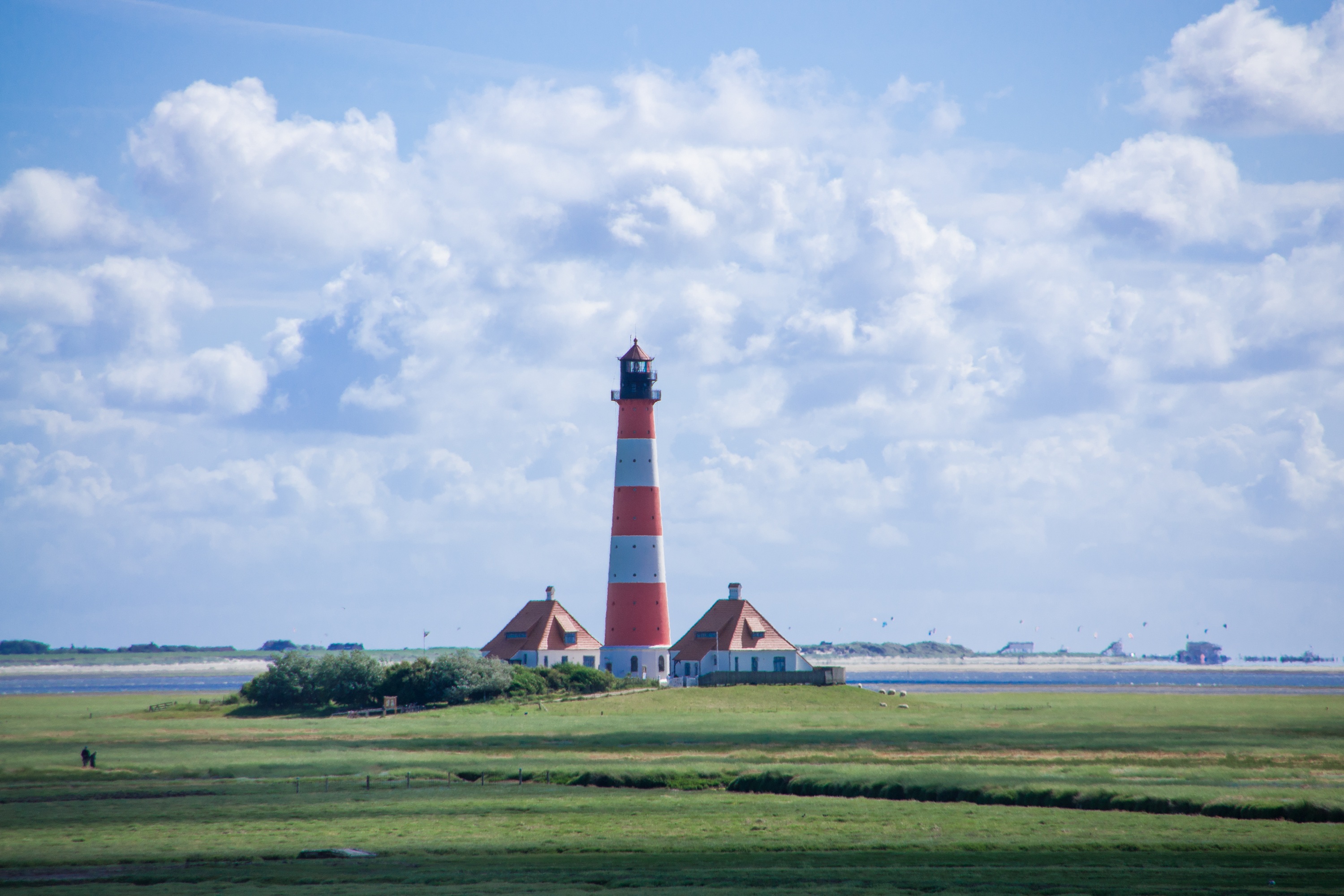
.png)

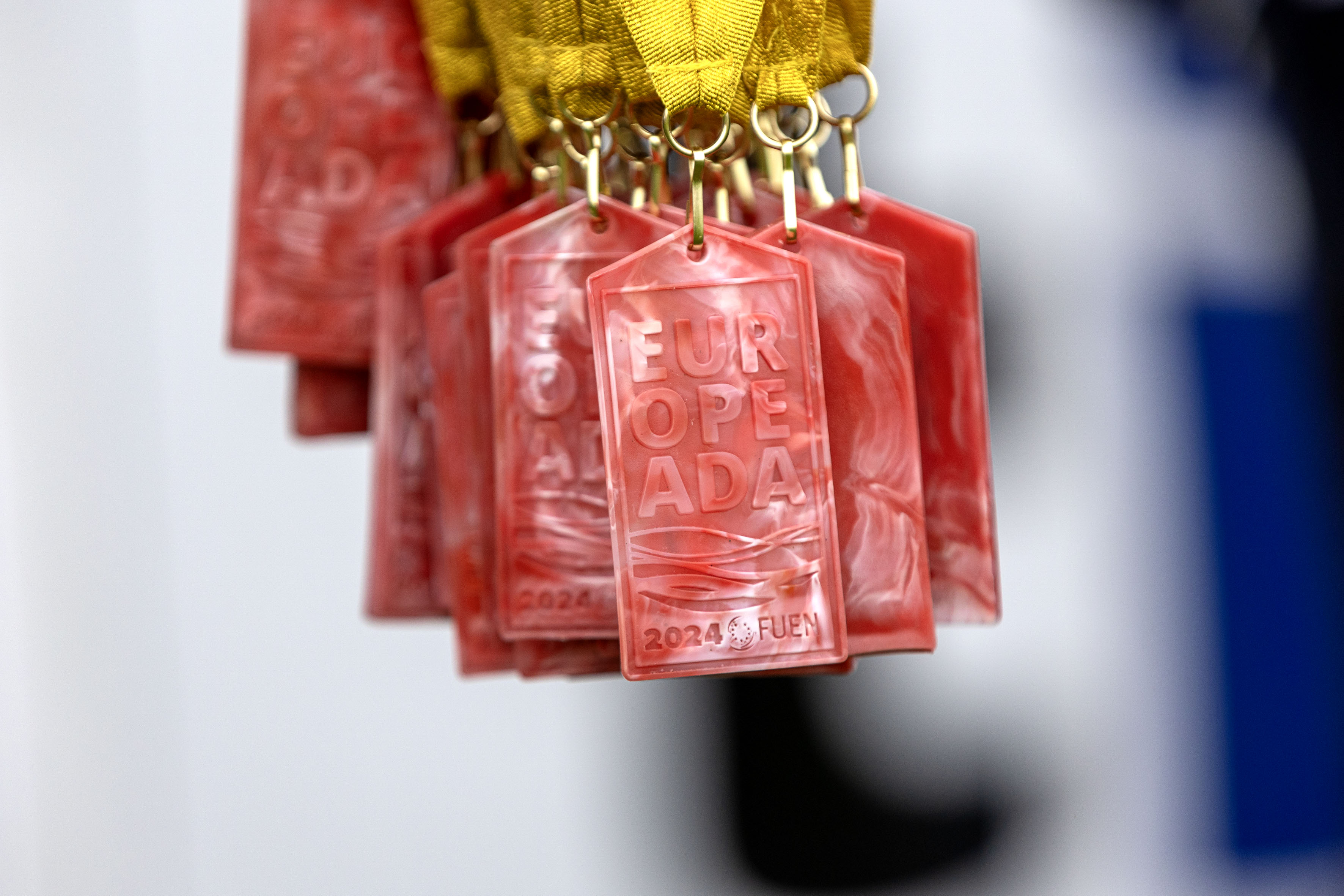
.jpg)

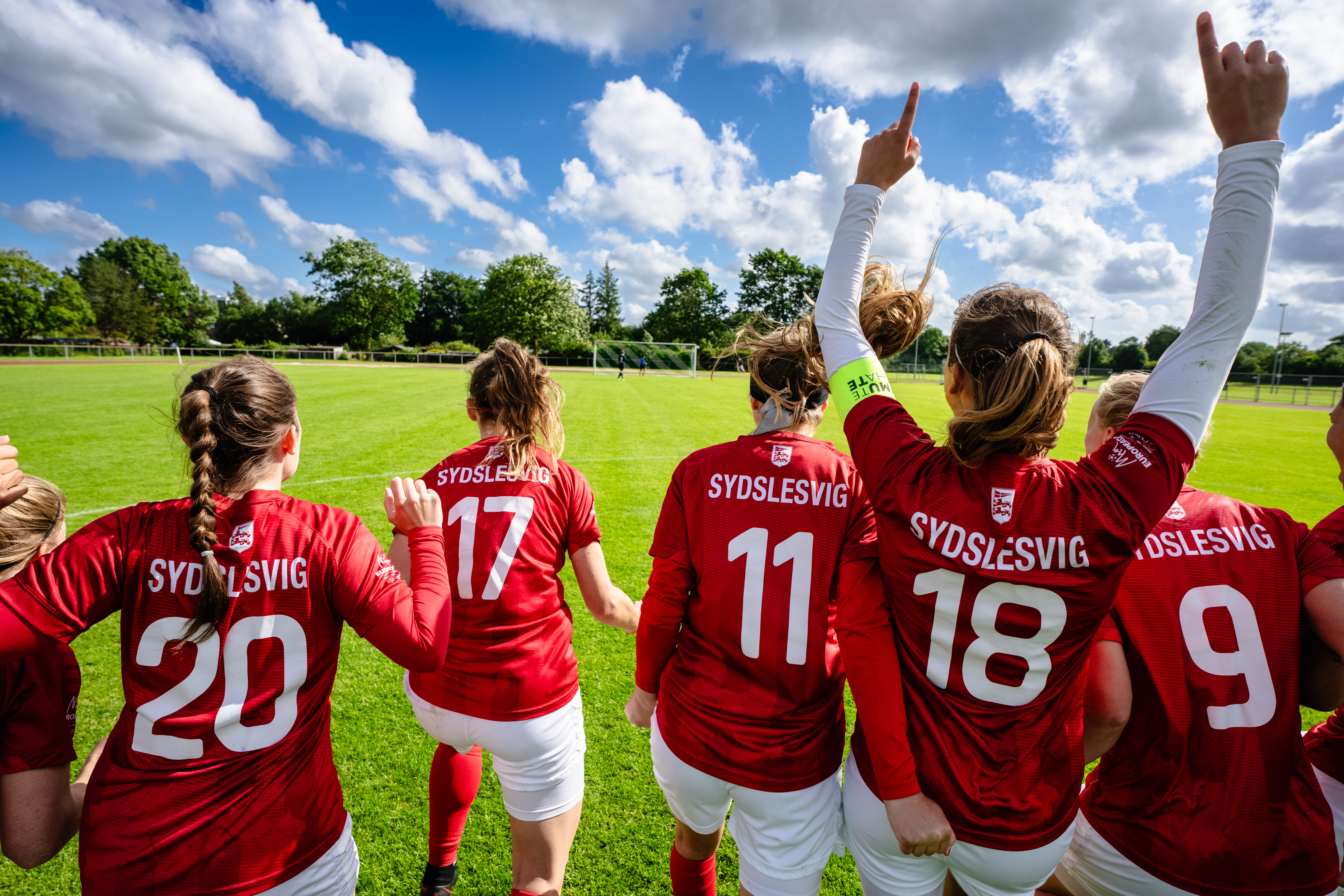

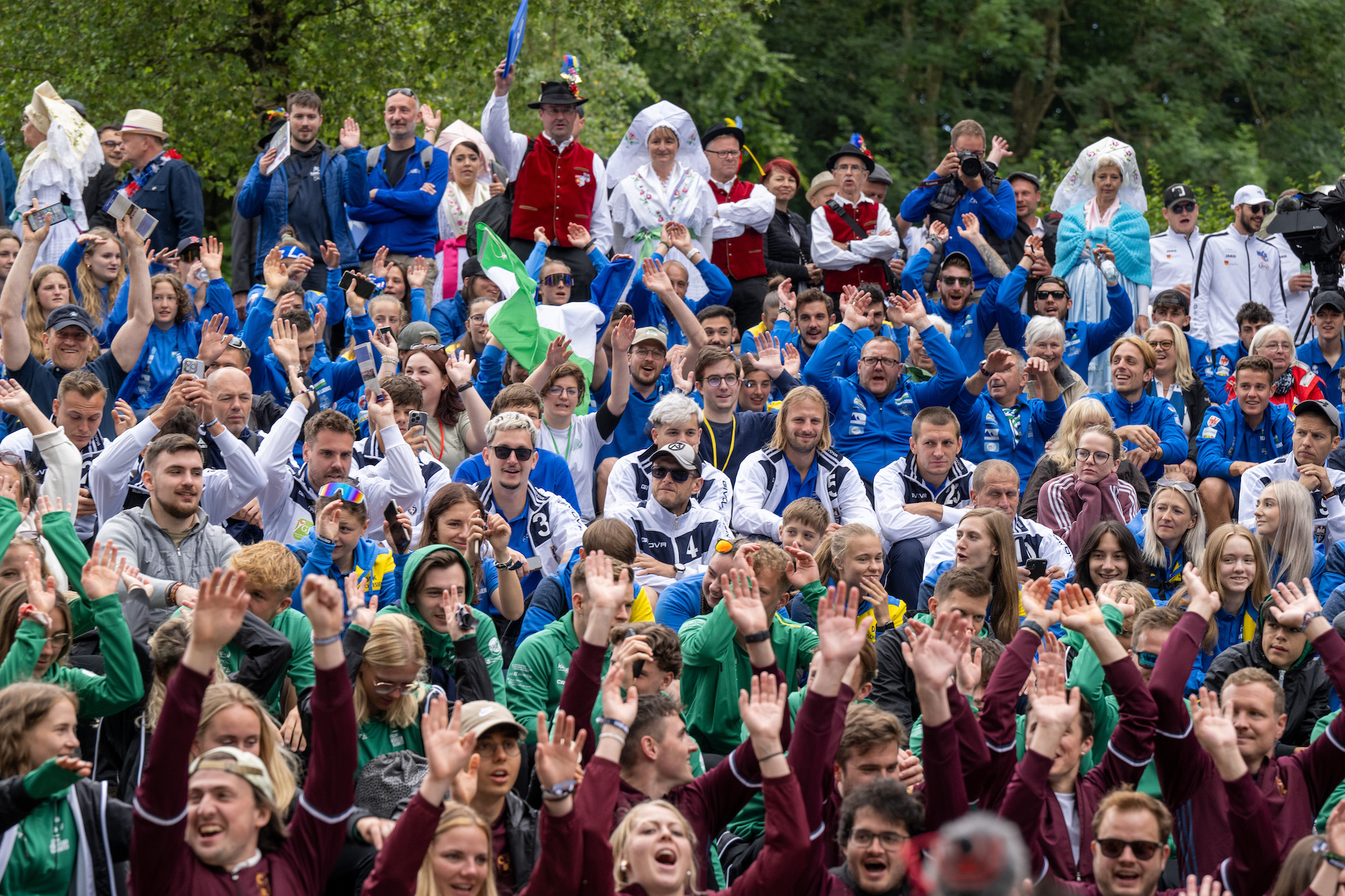

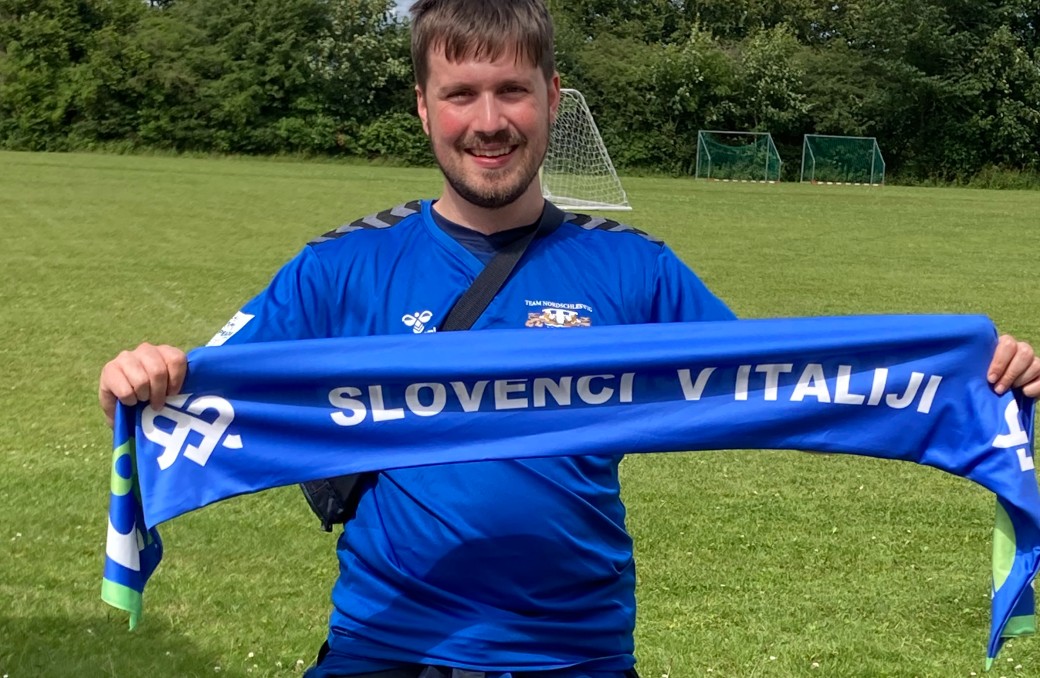
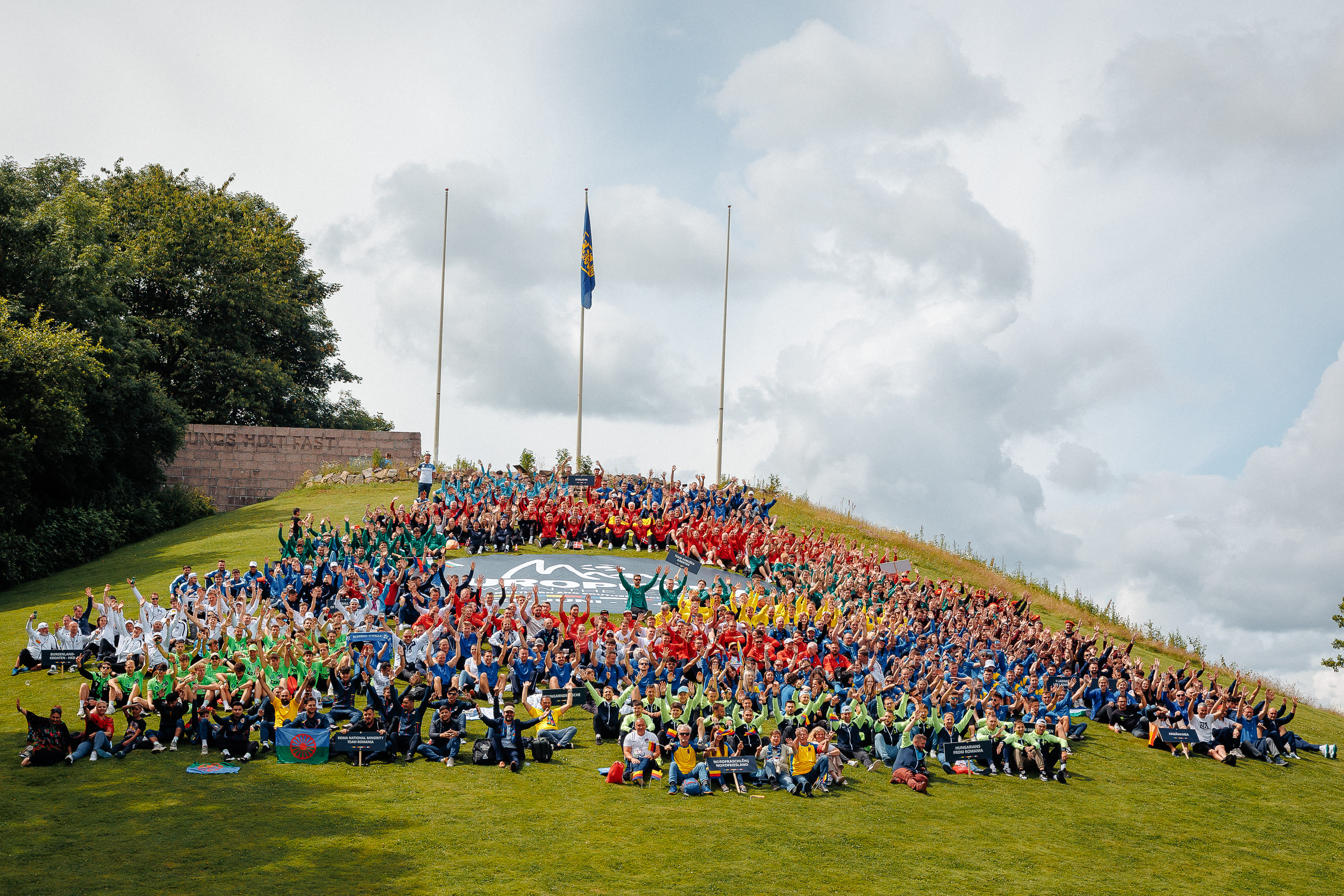
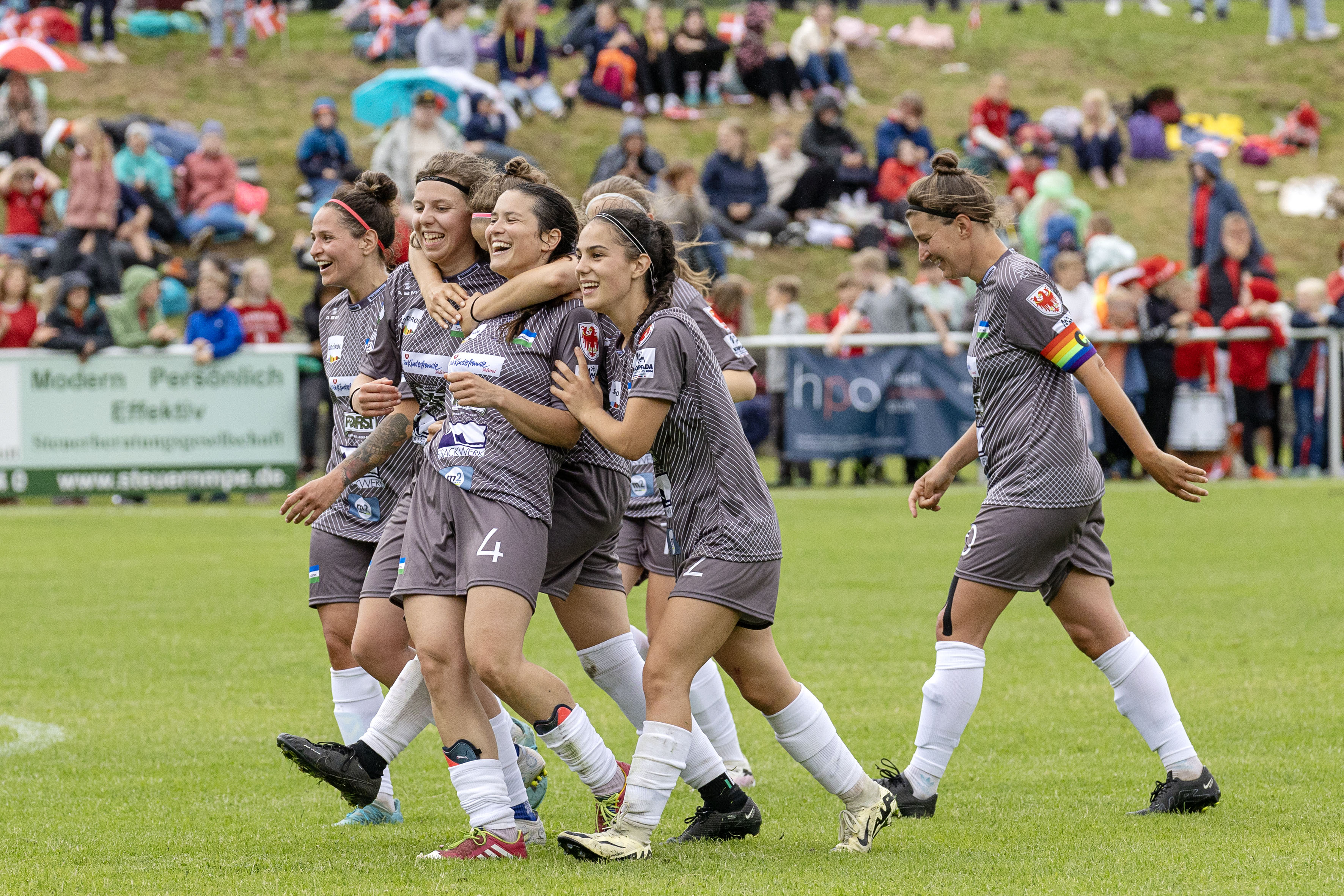
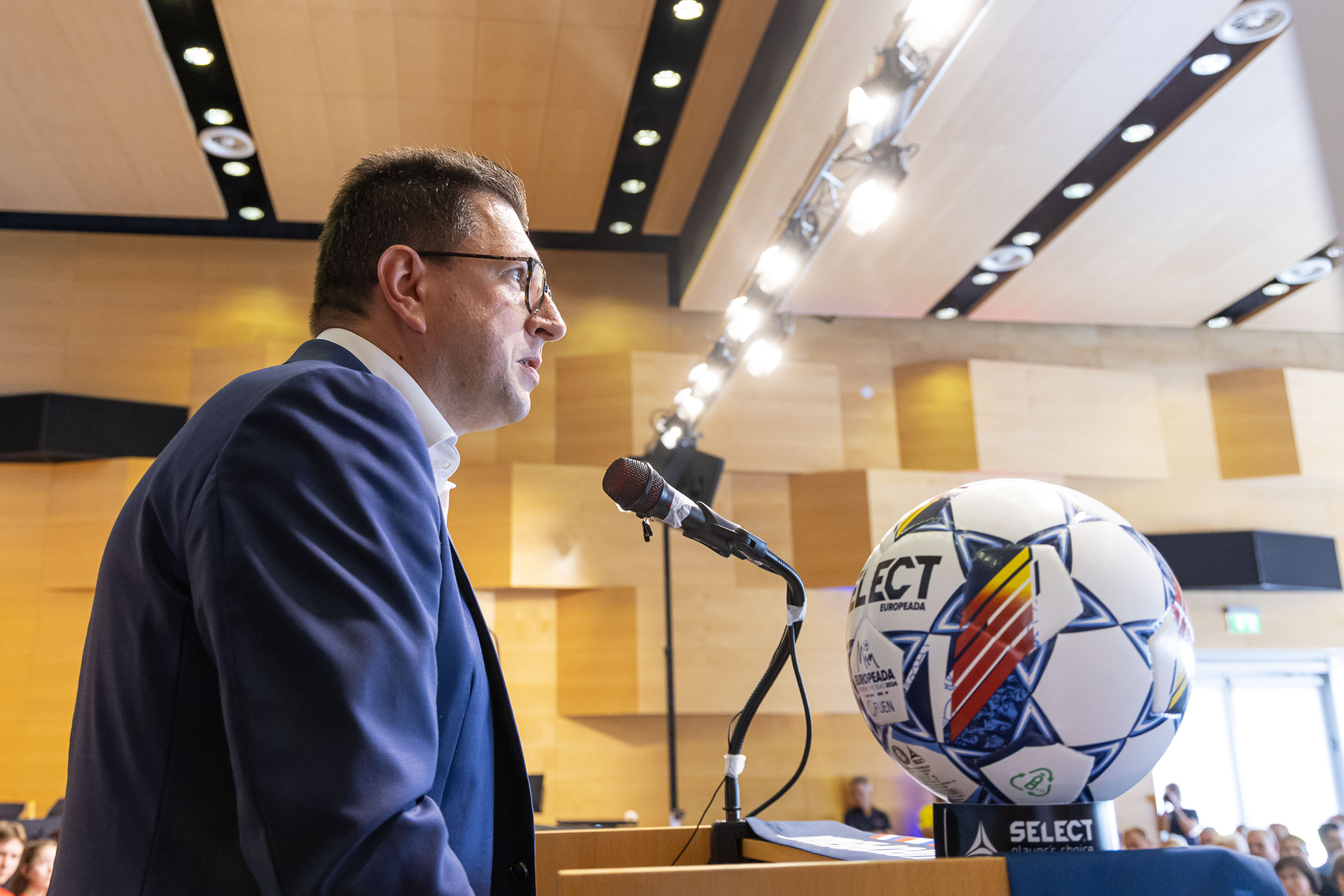
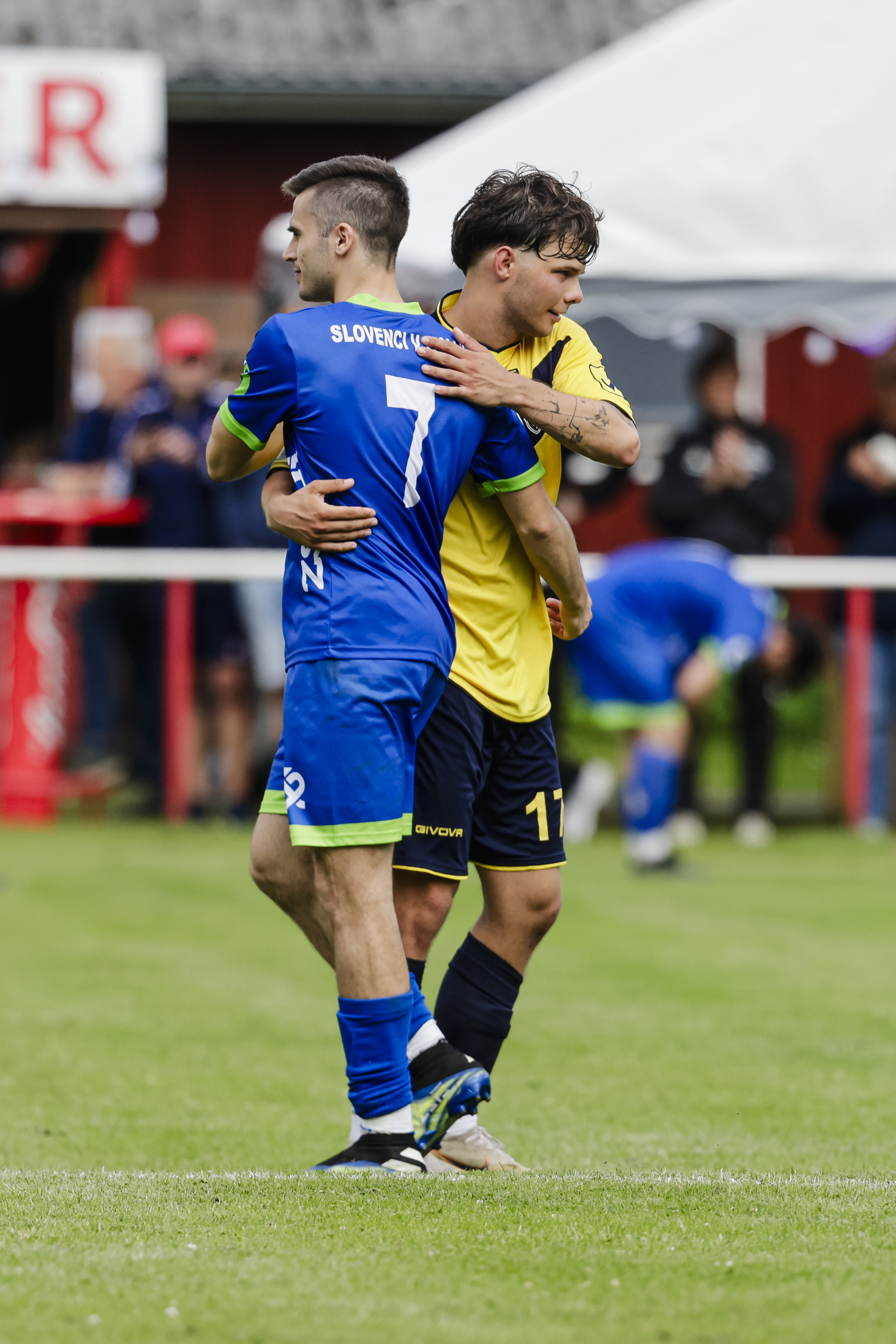
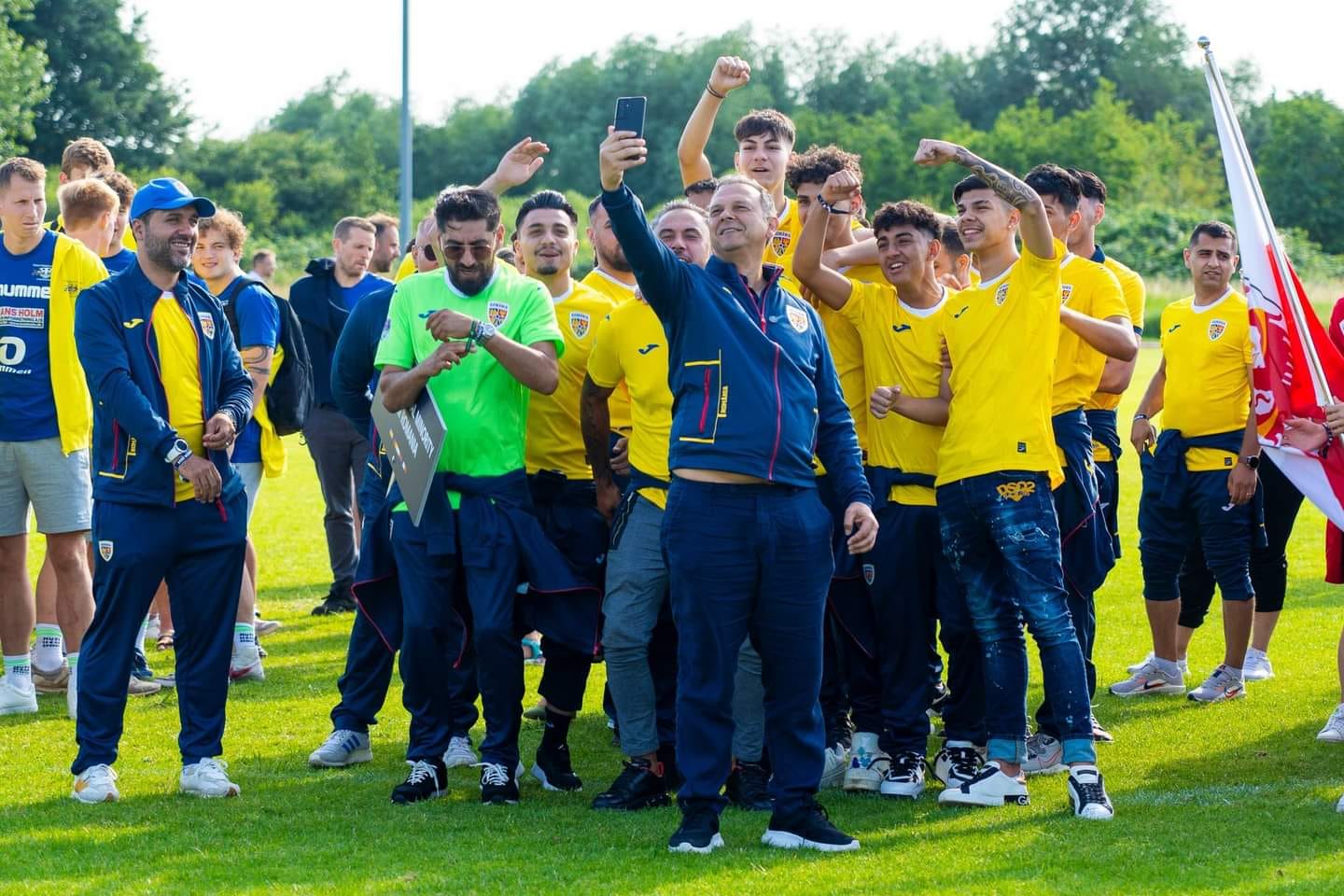
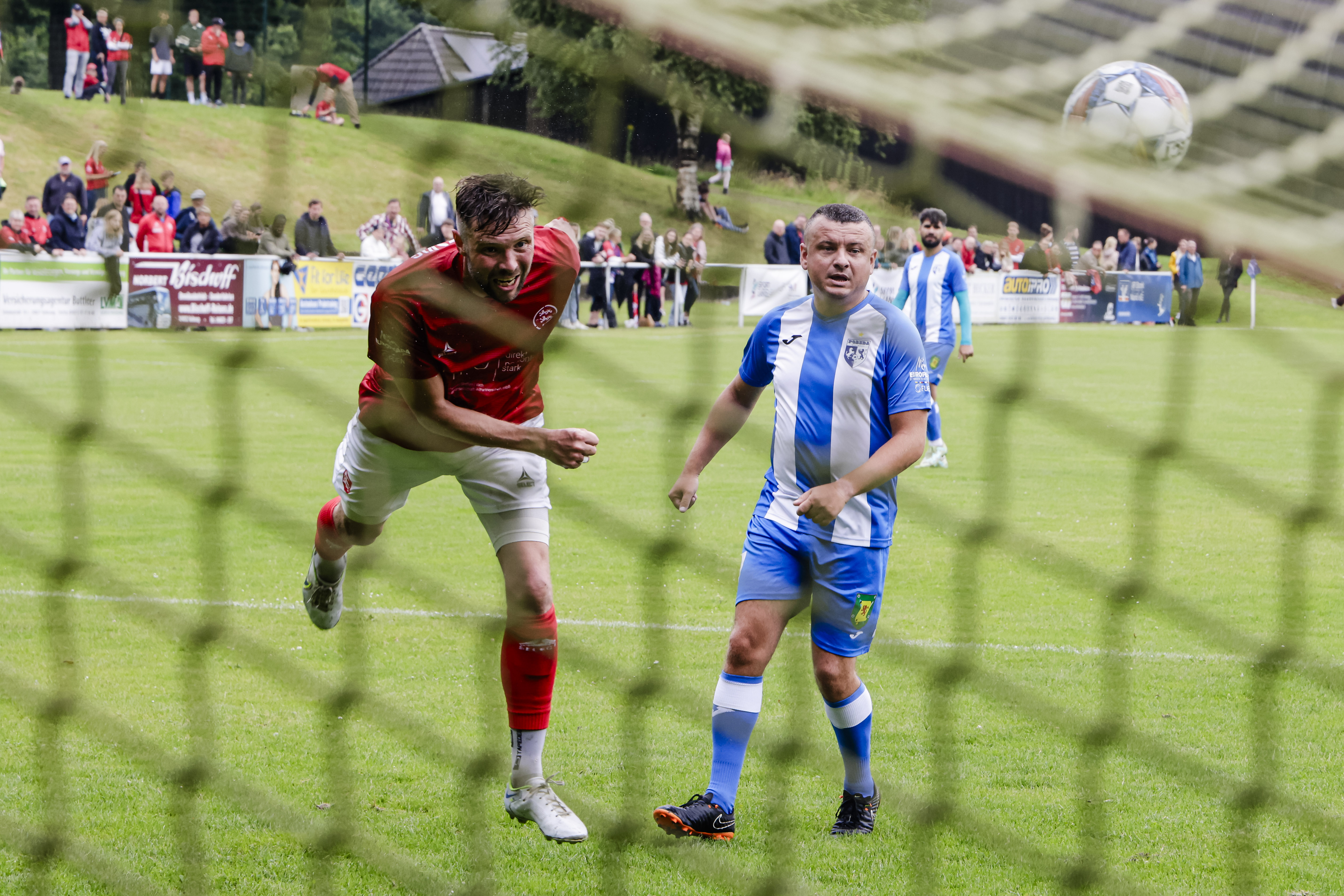
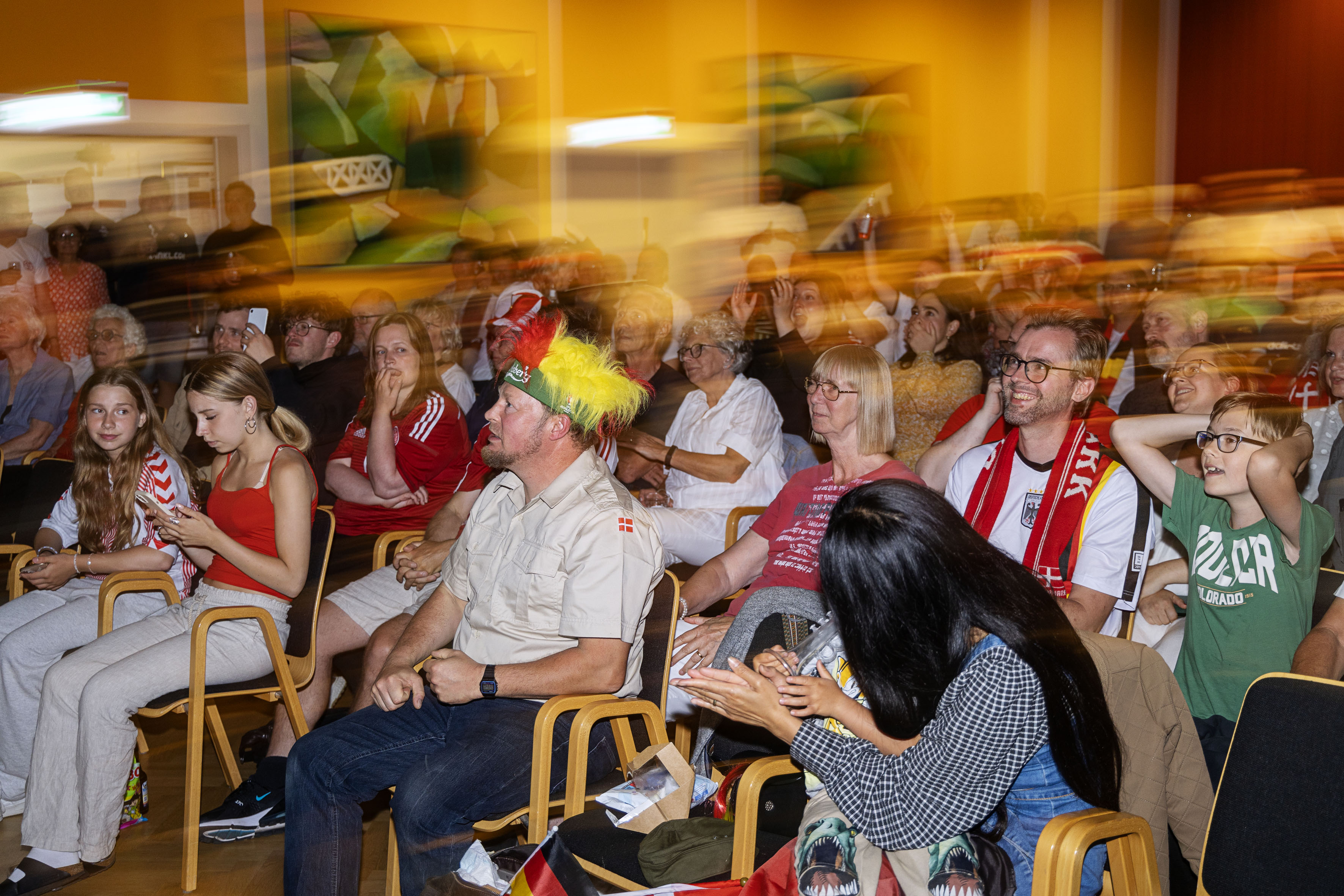

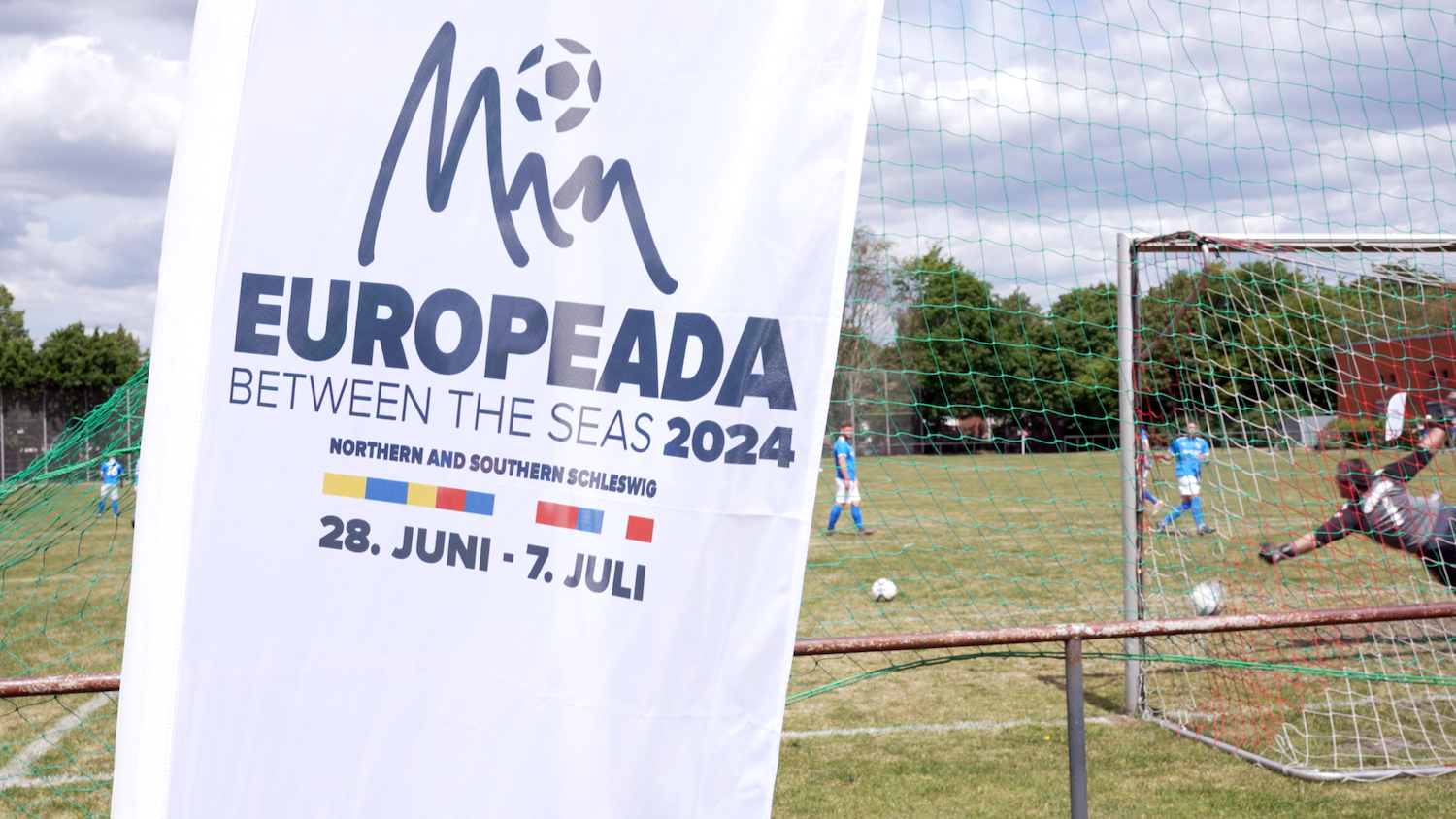
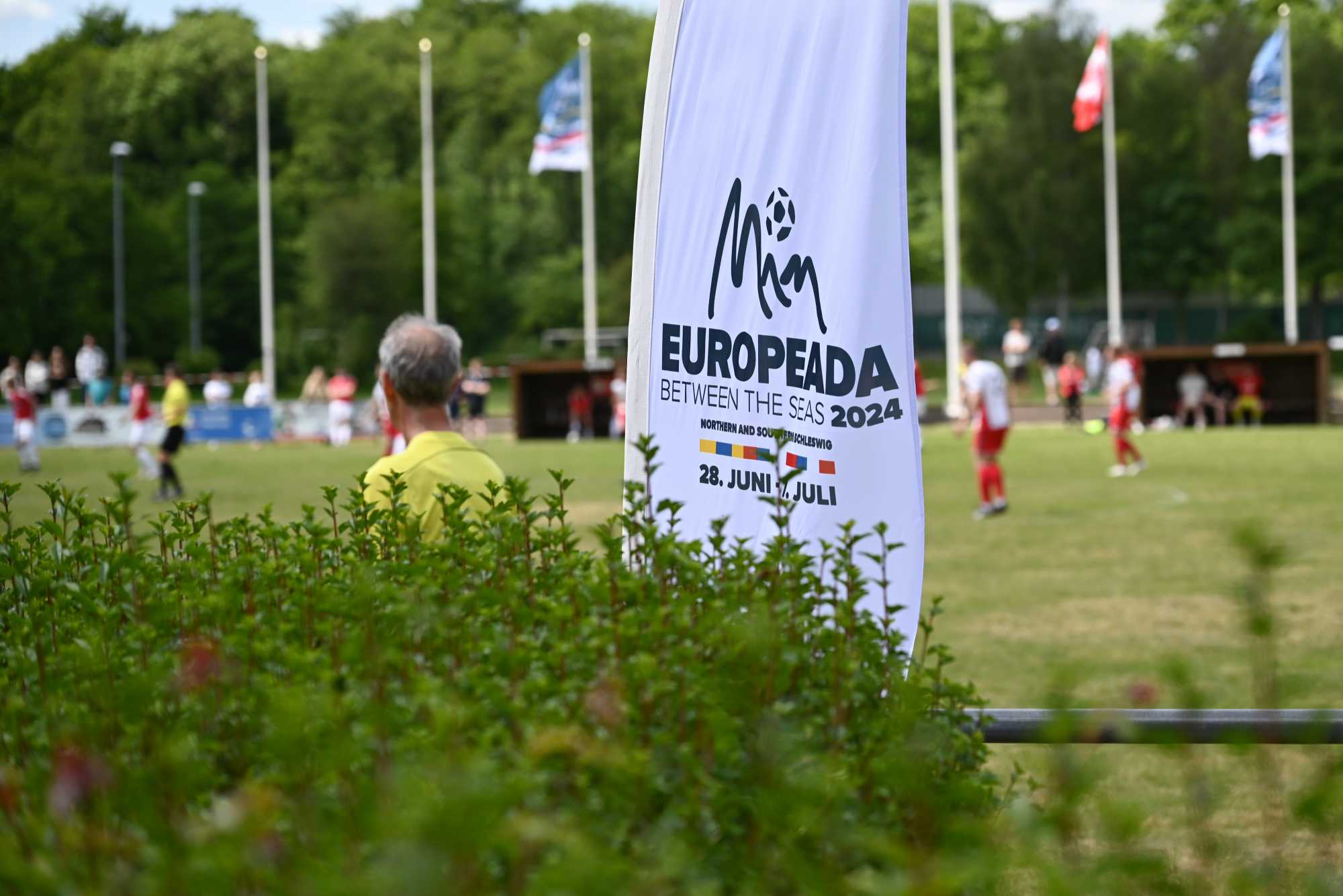

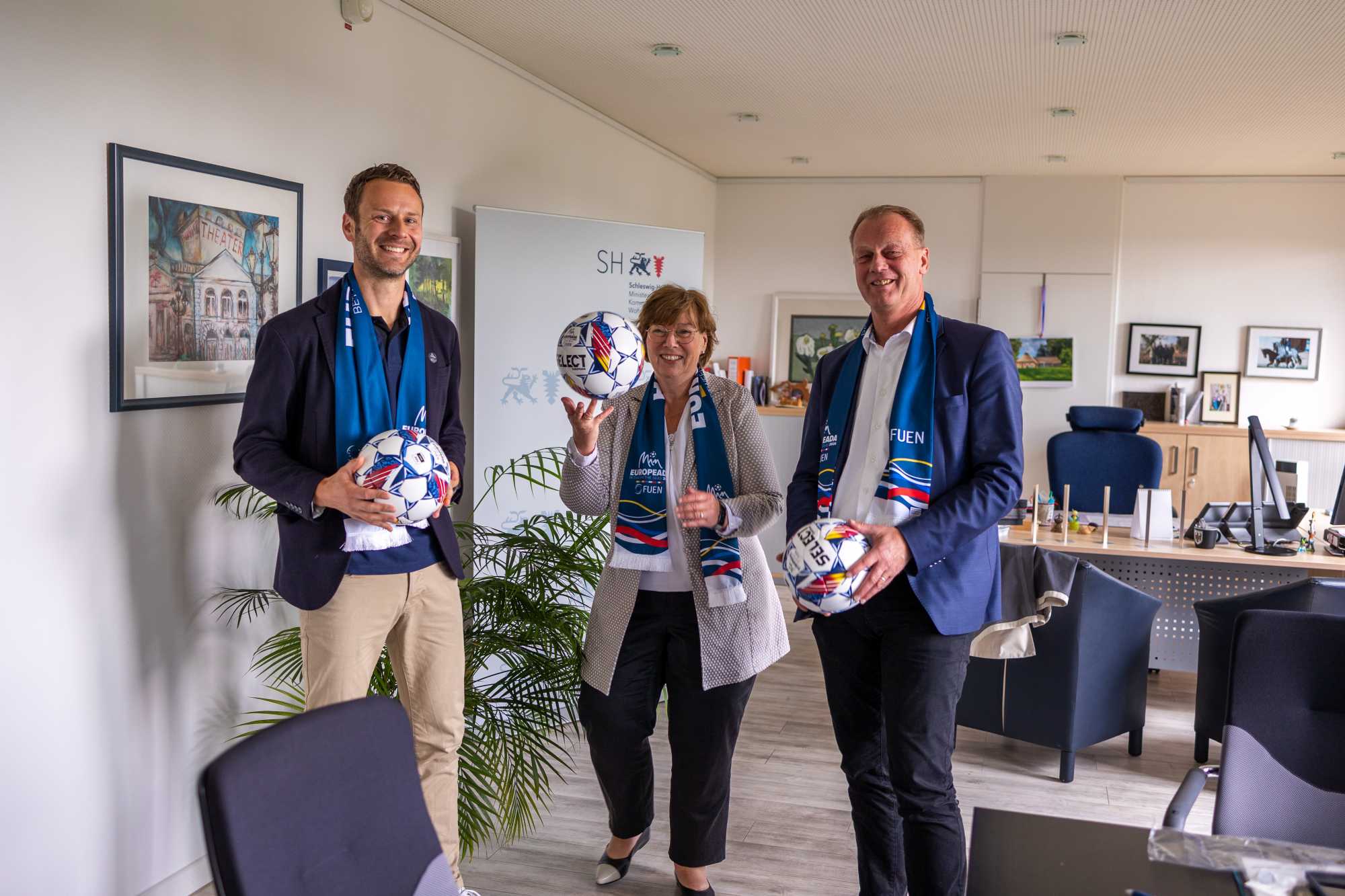


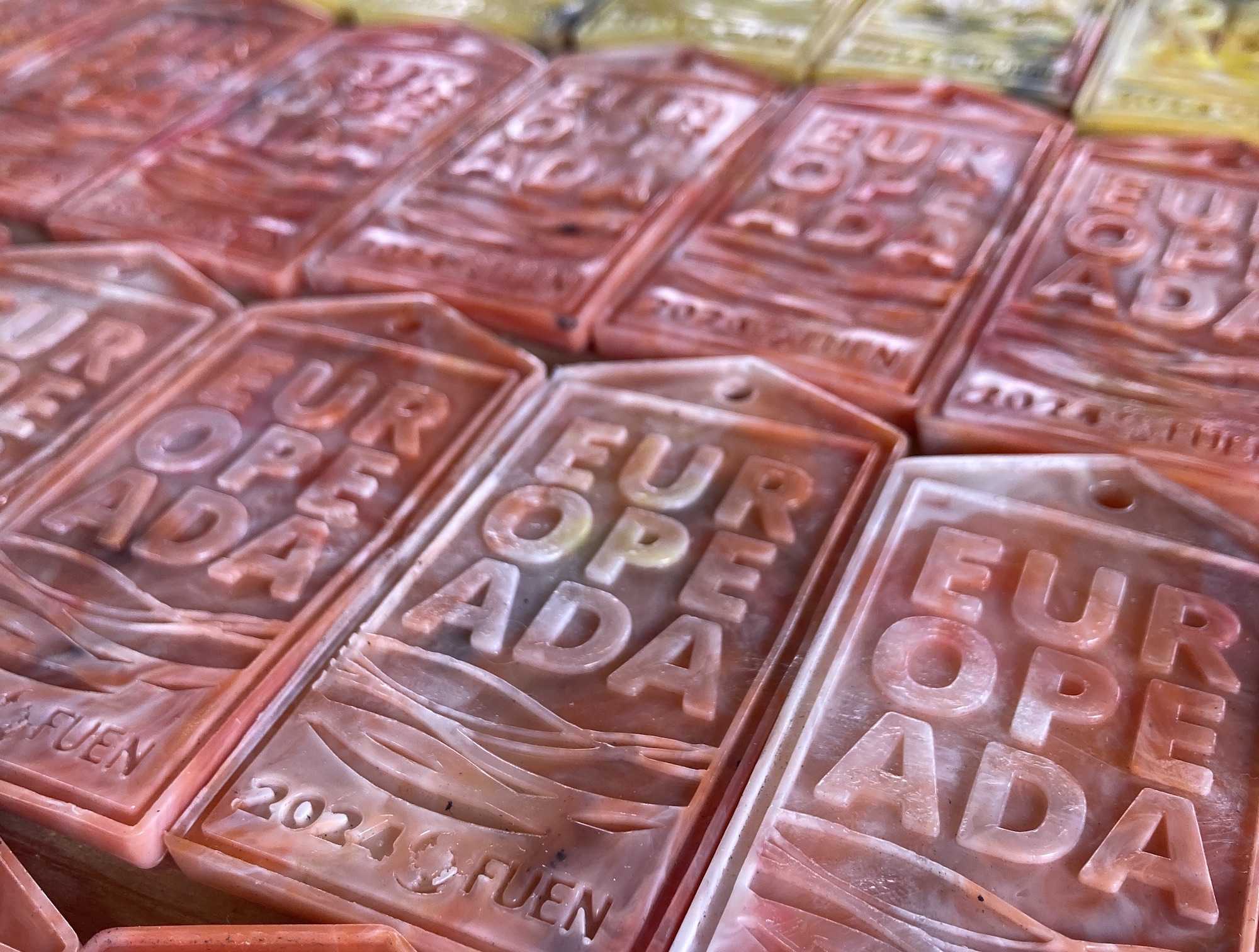

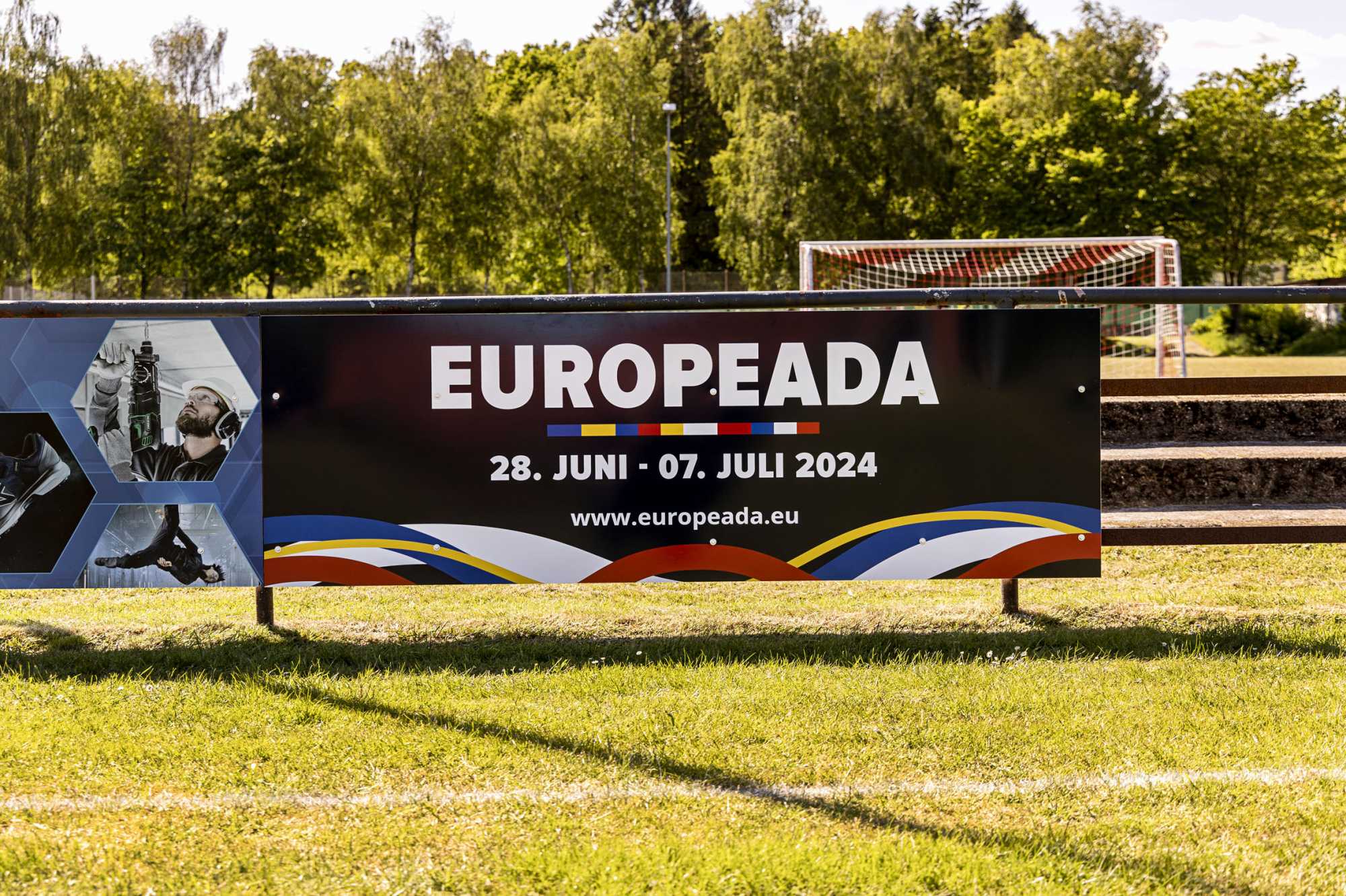
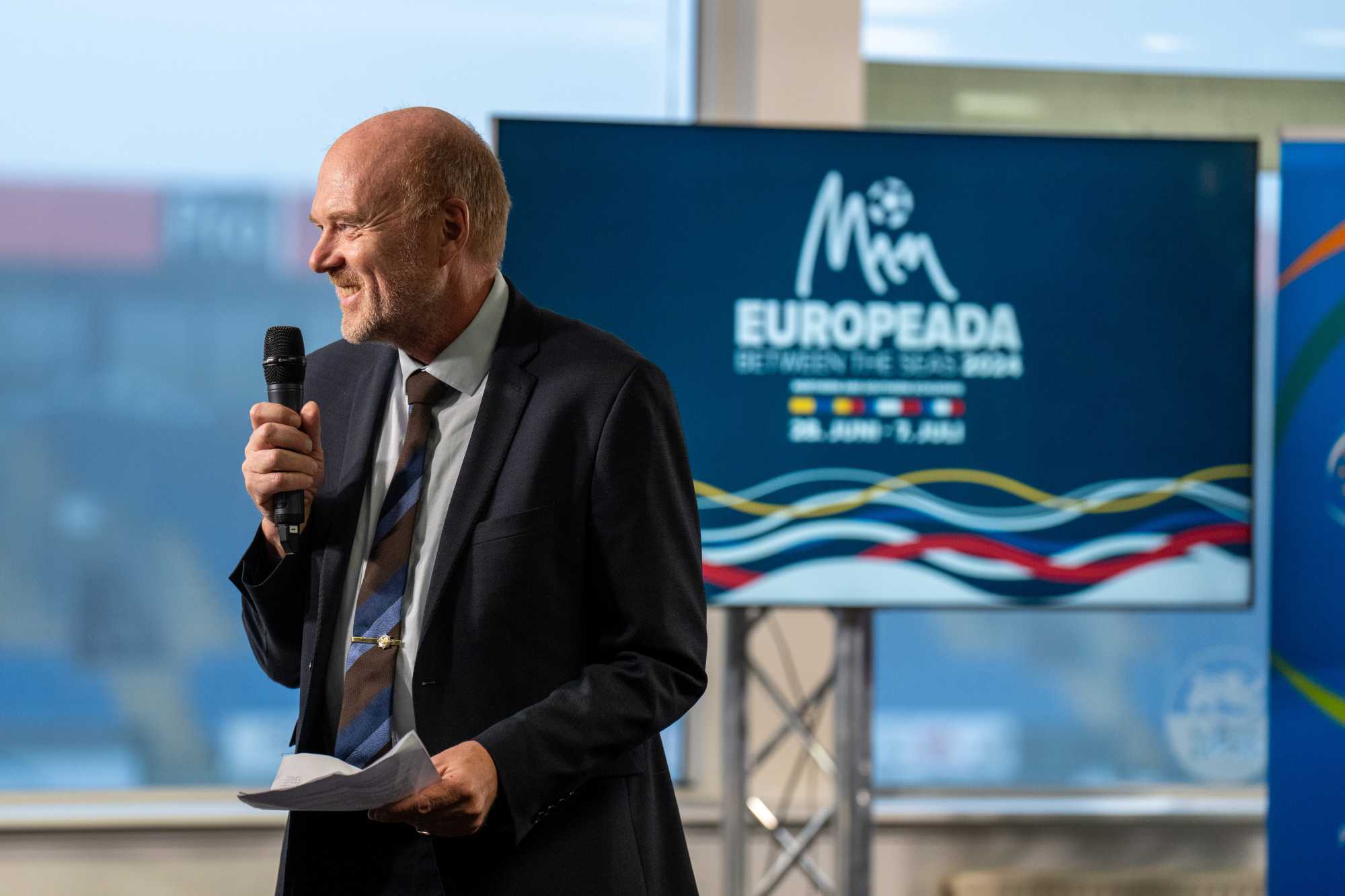
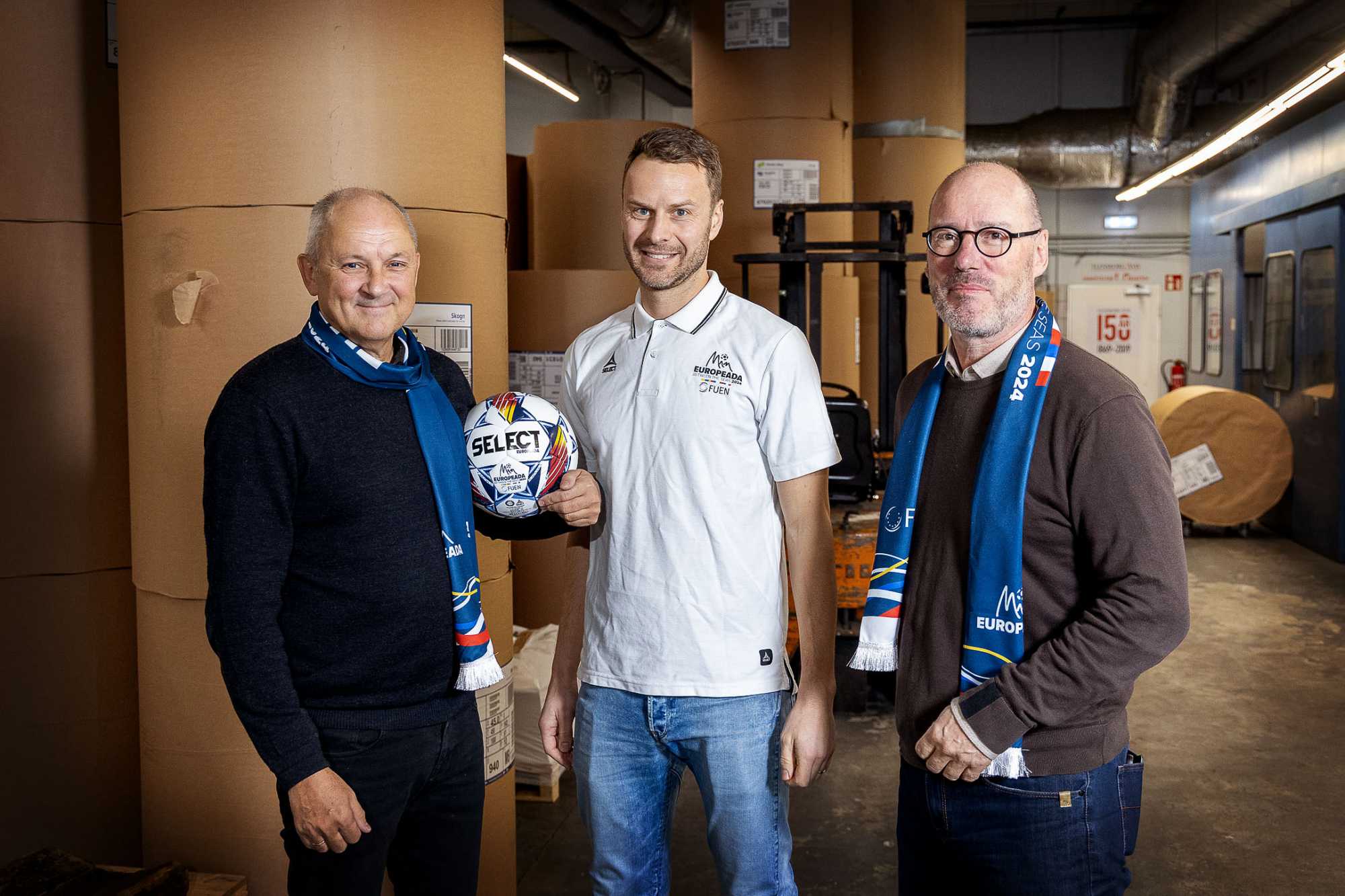
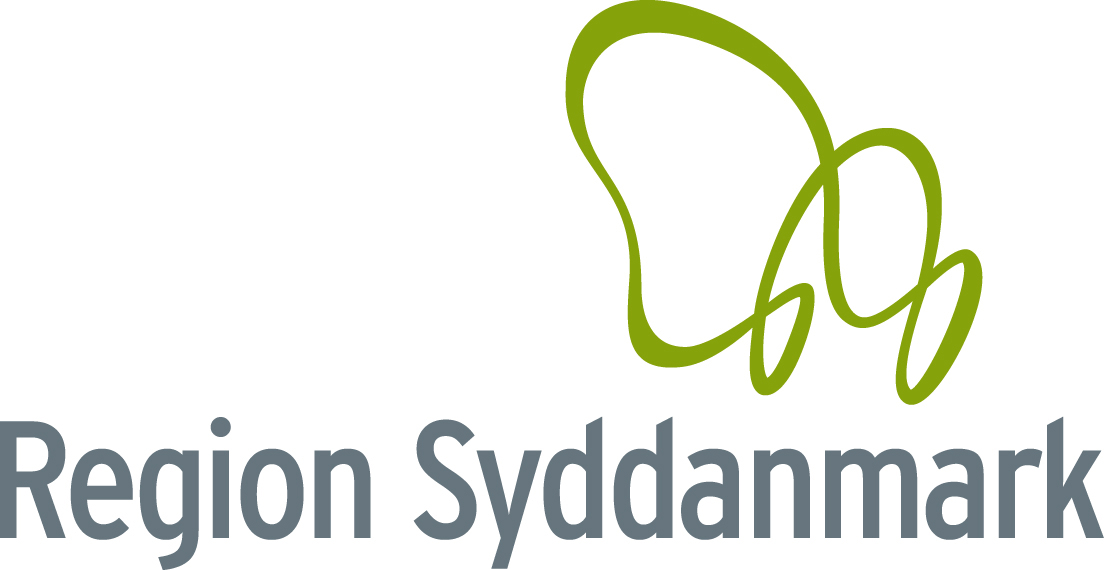
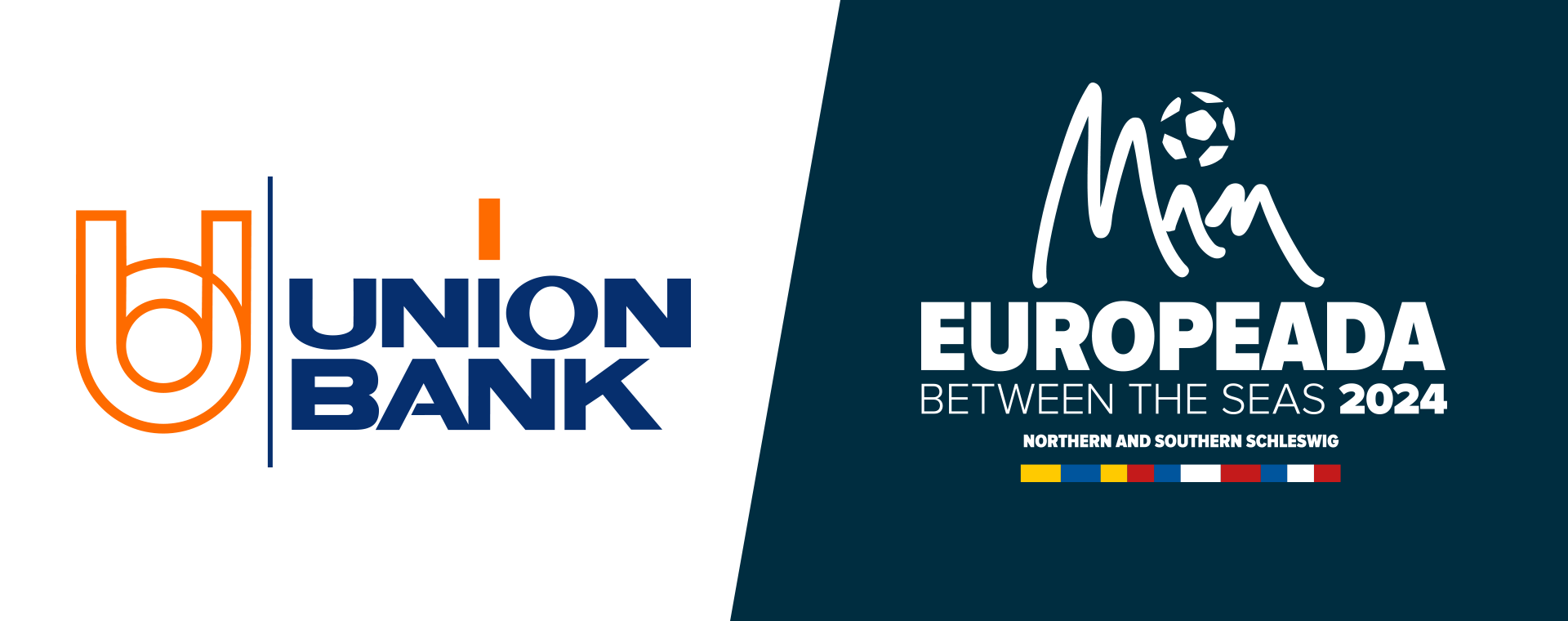
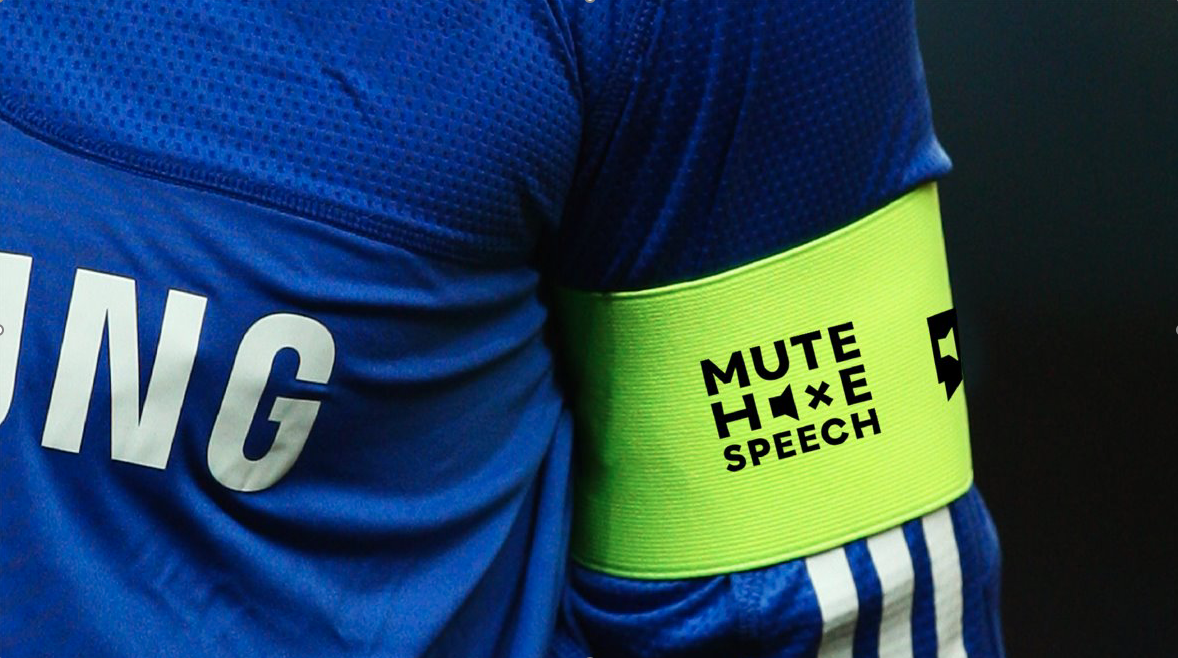
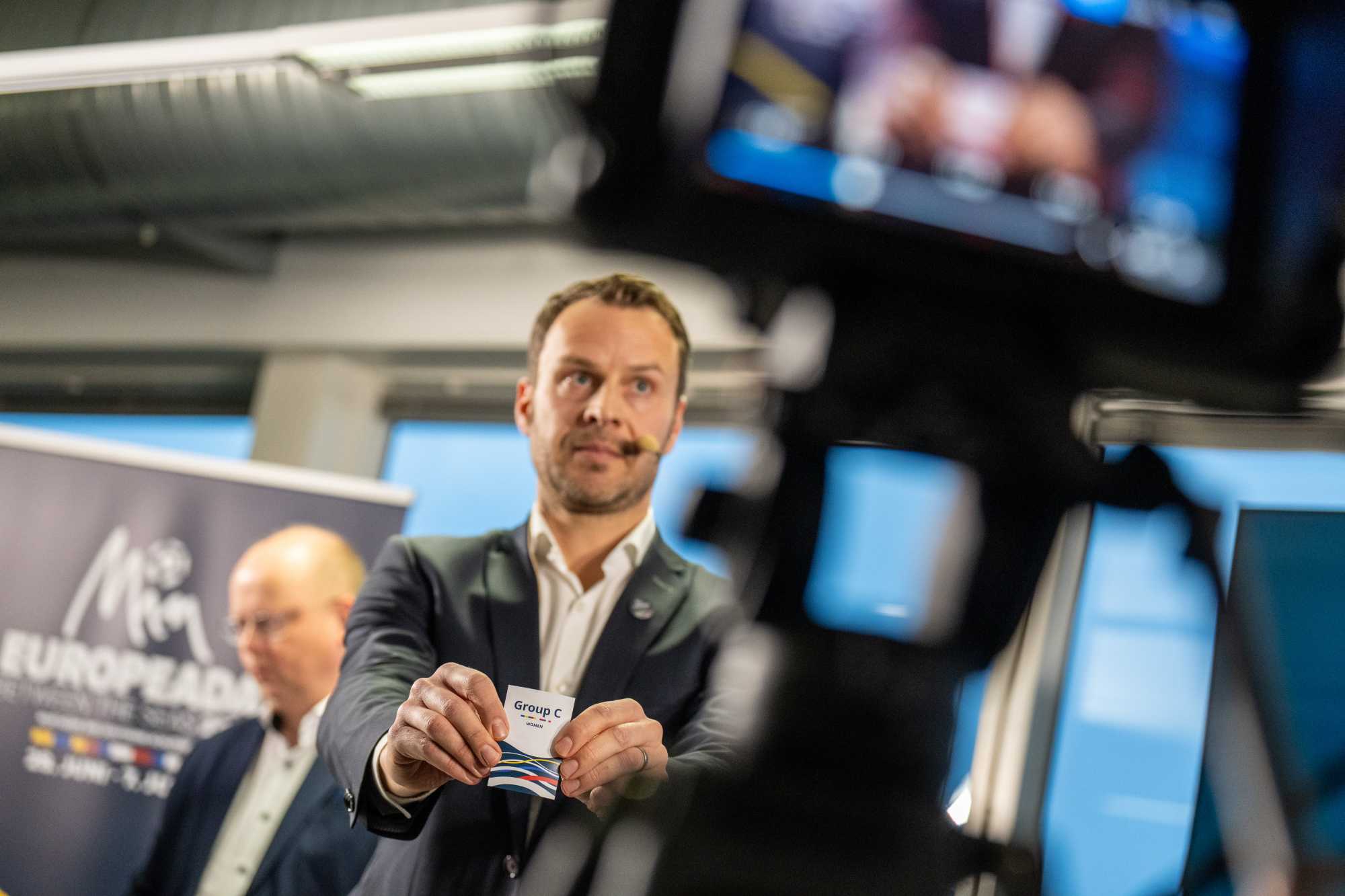

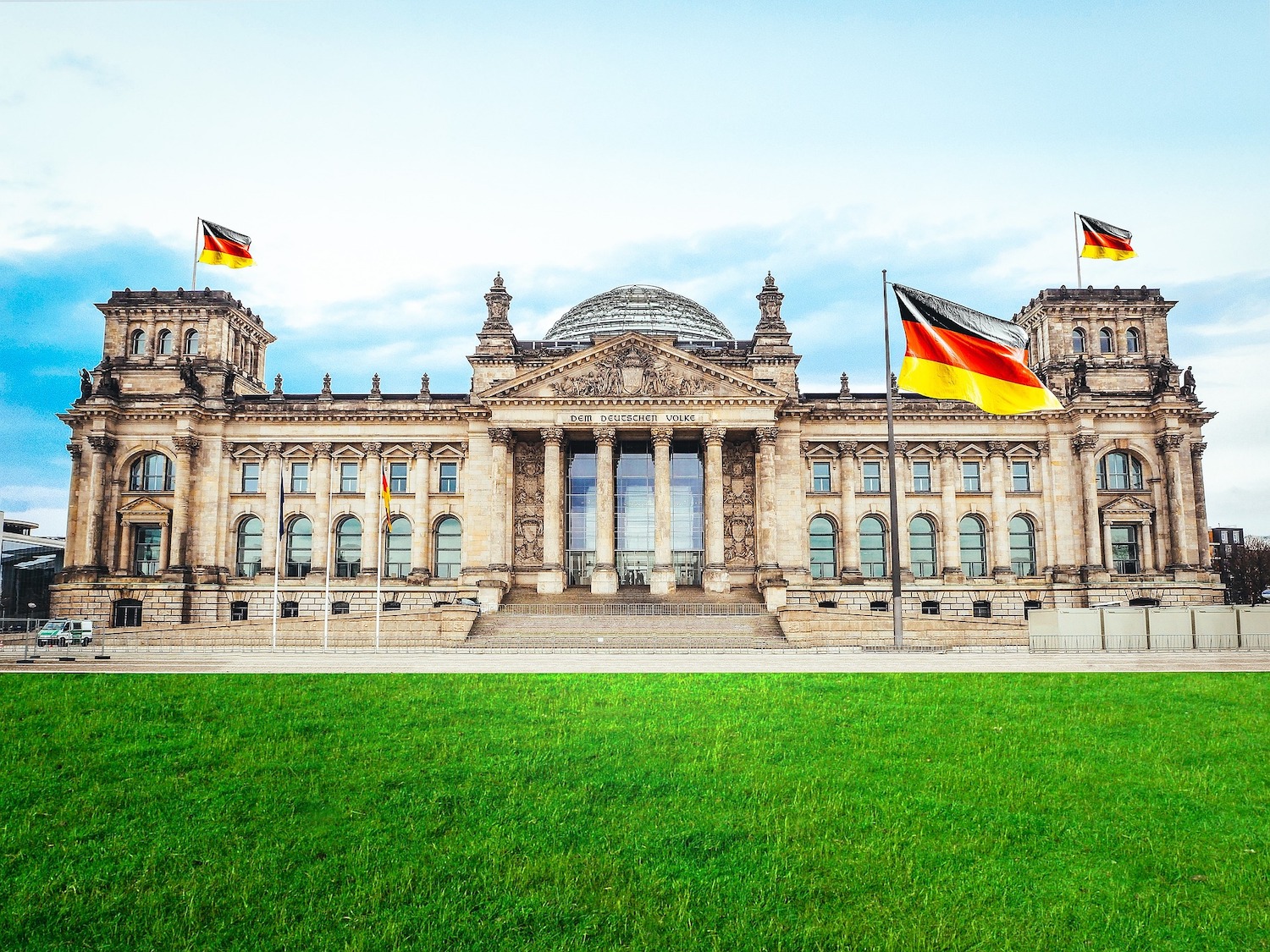
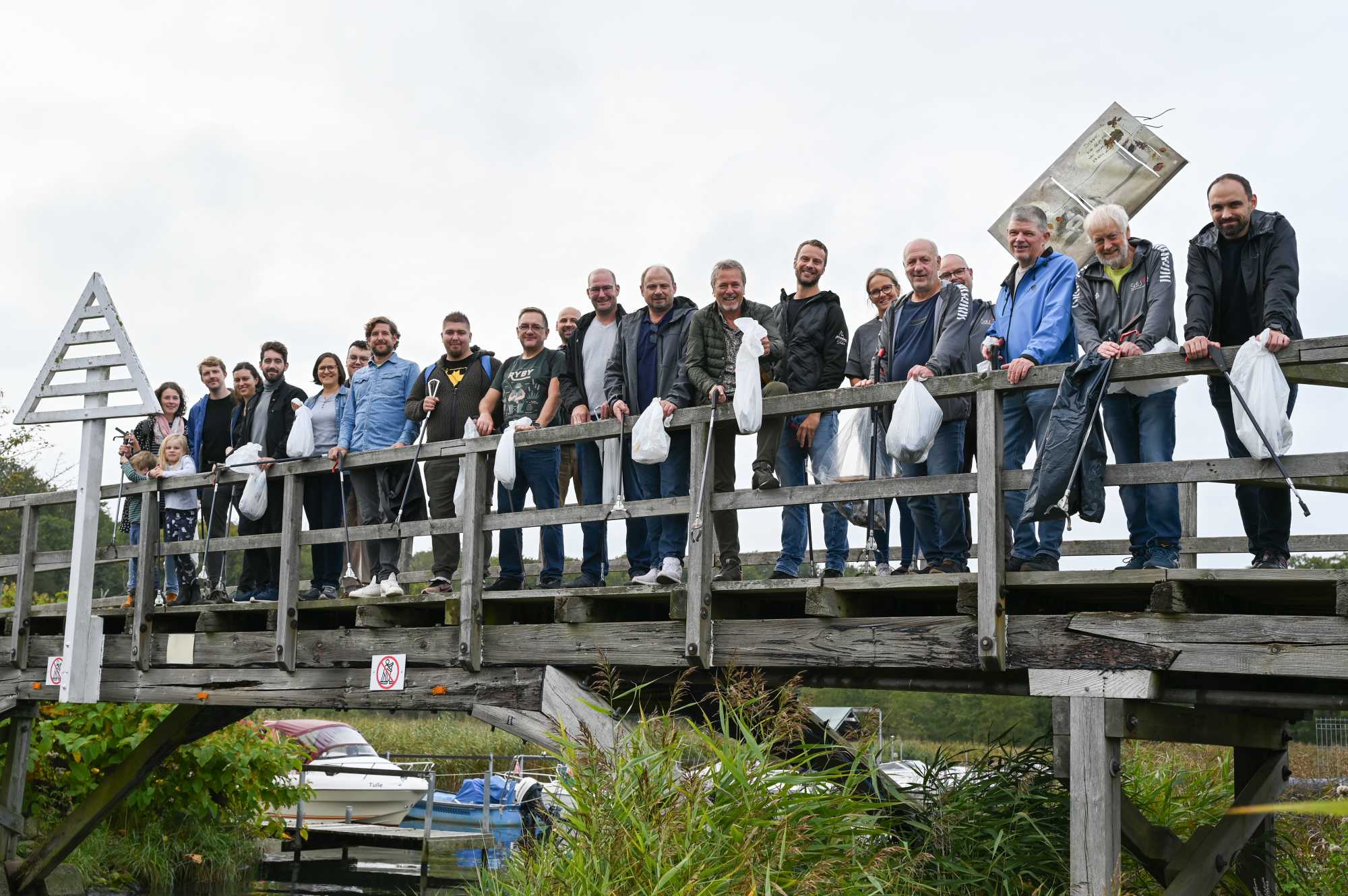
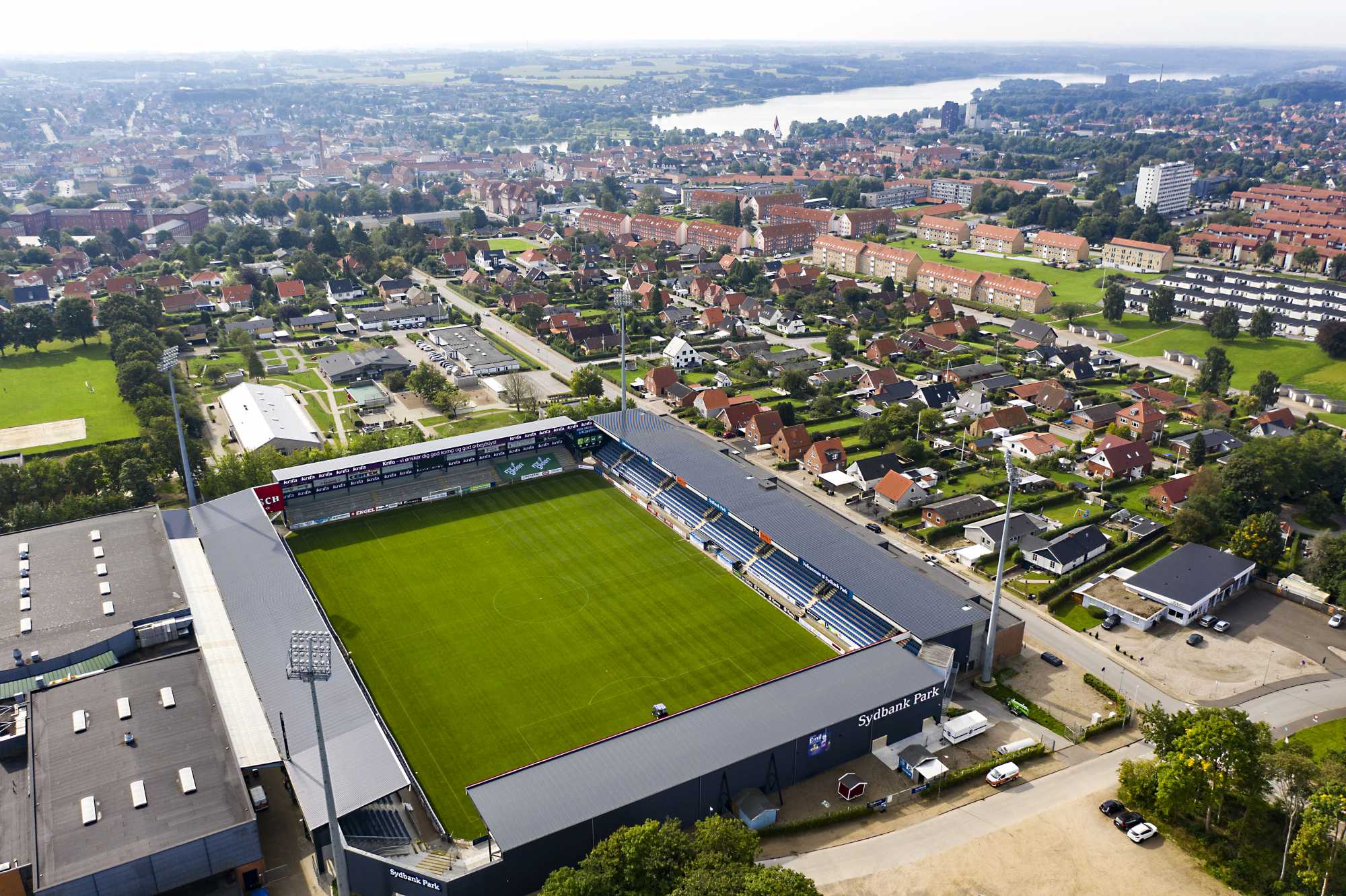
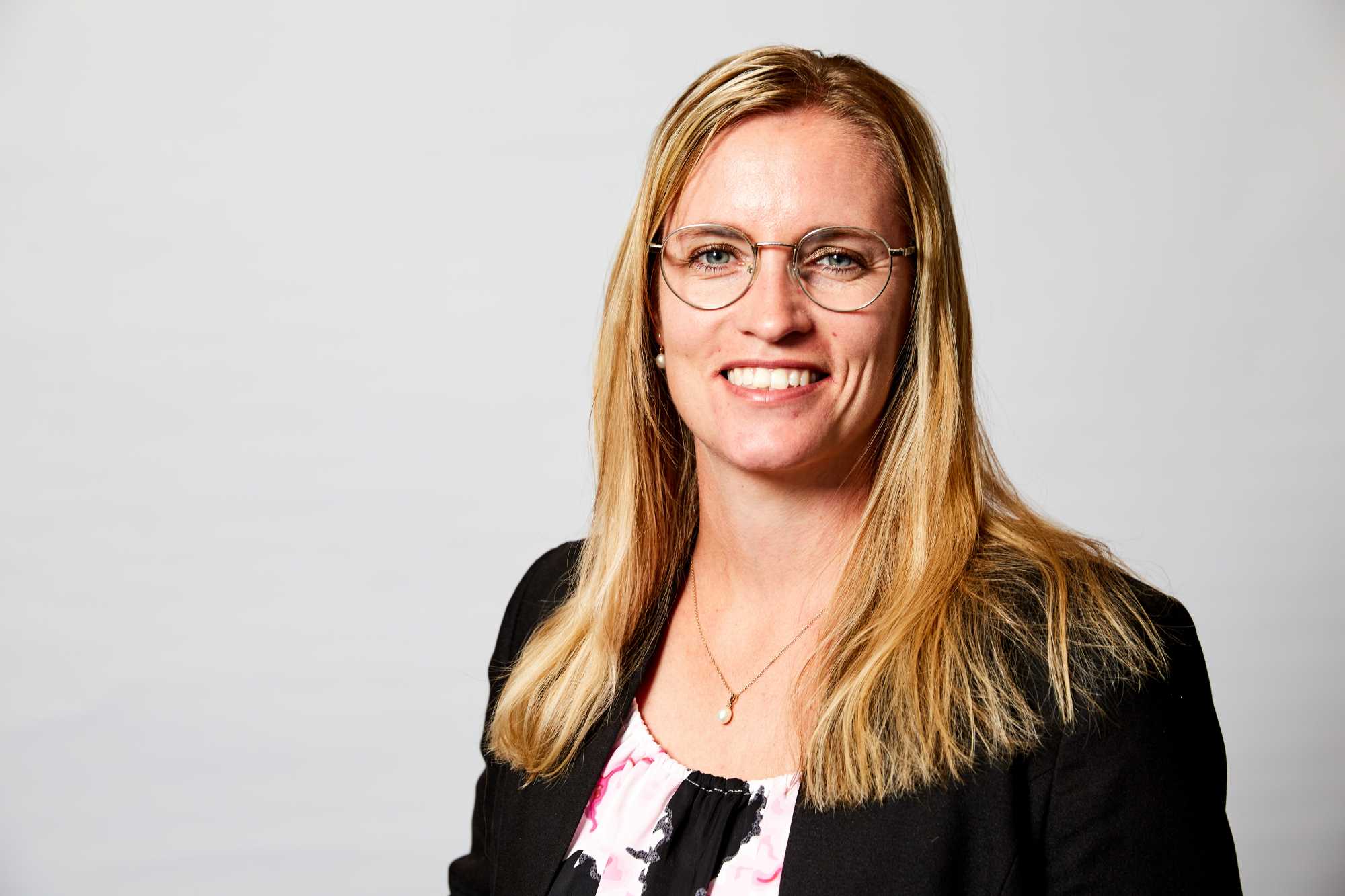
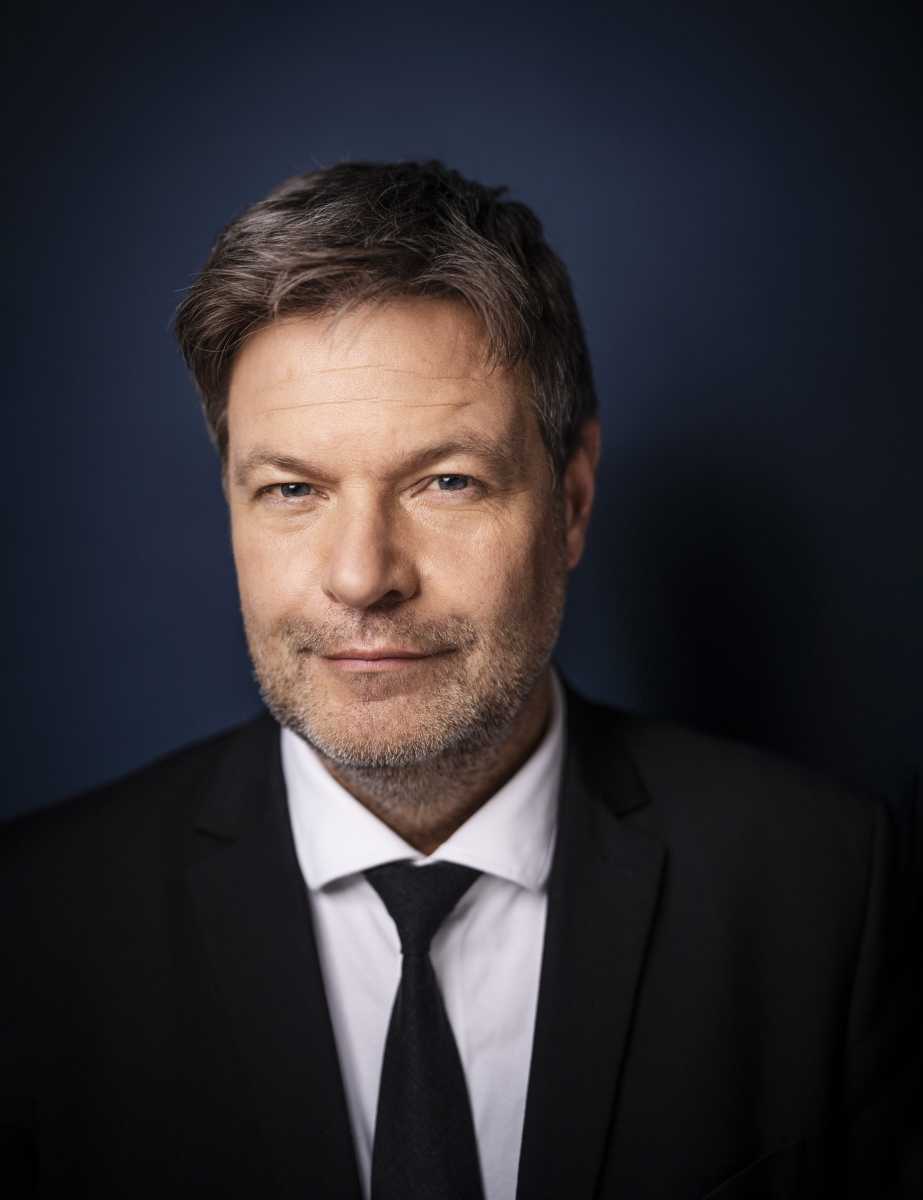
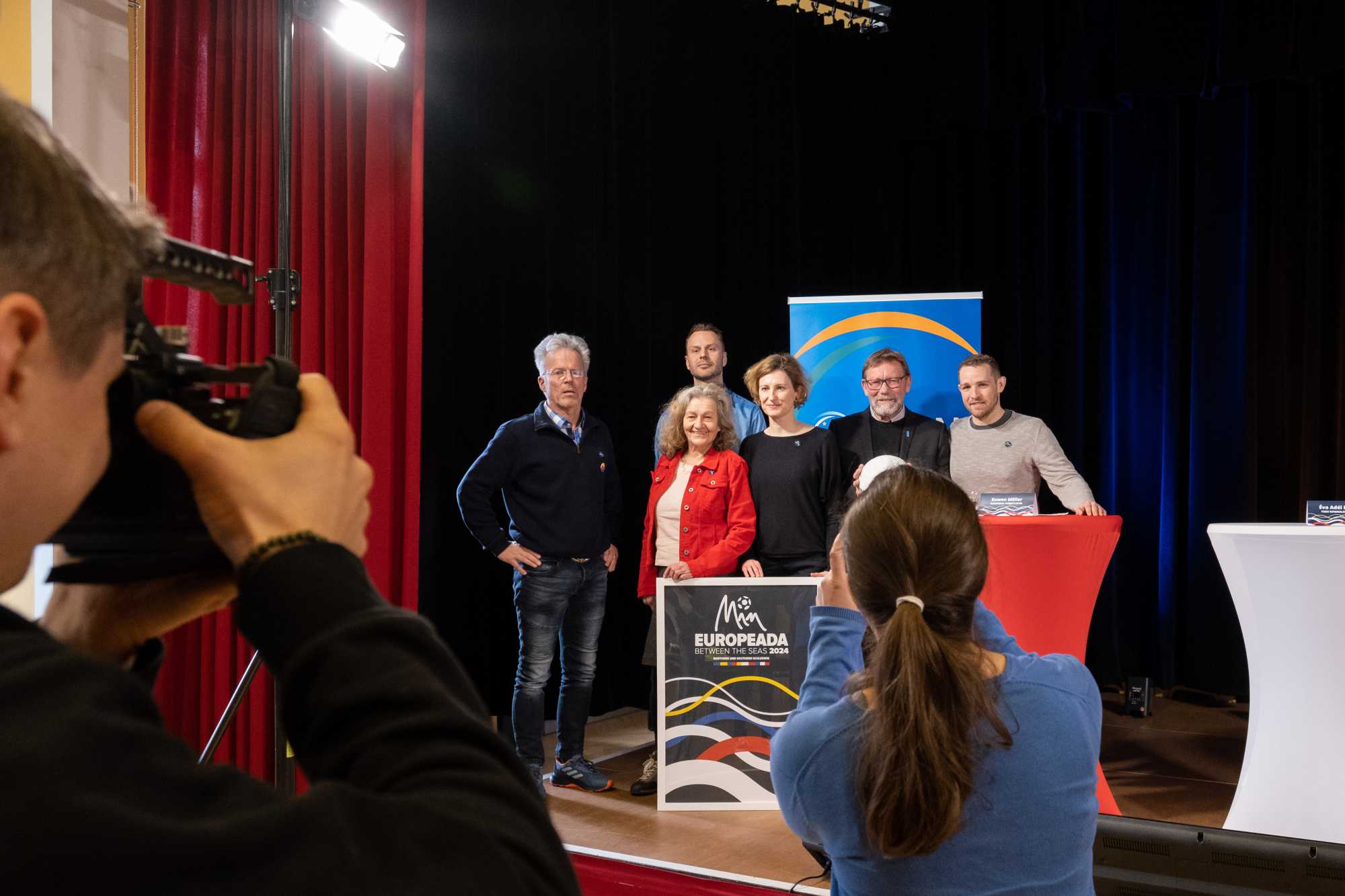



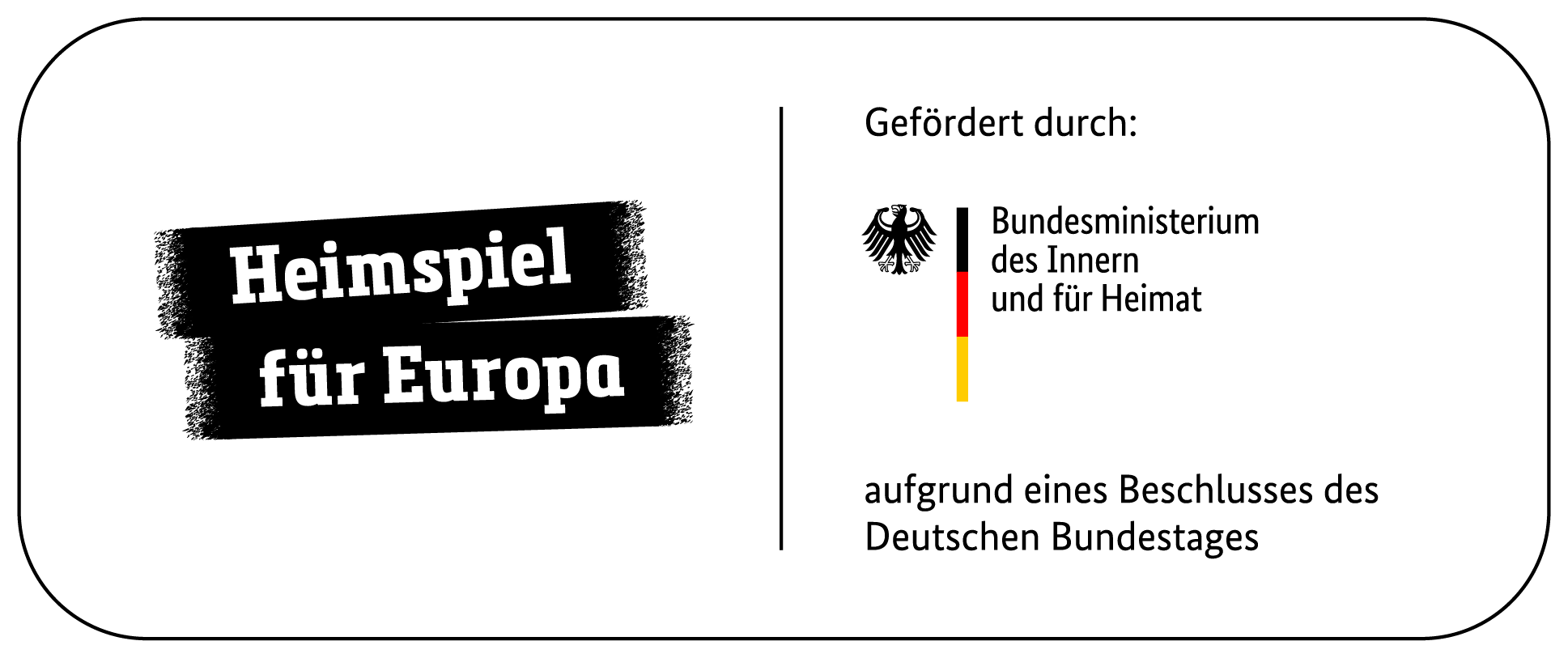
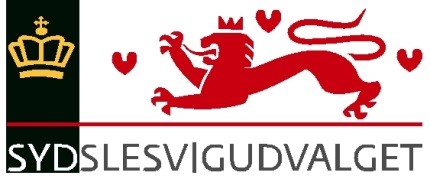



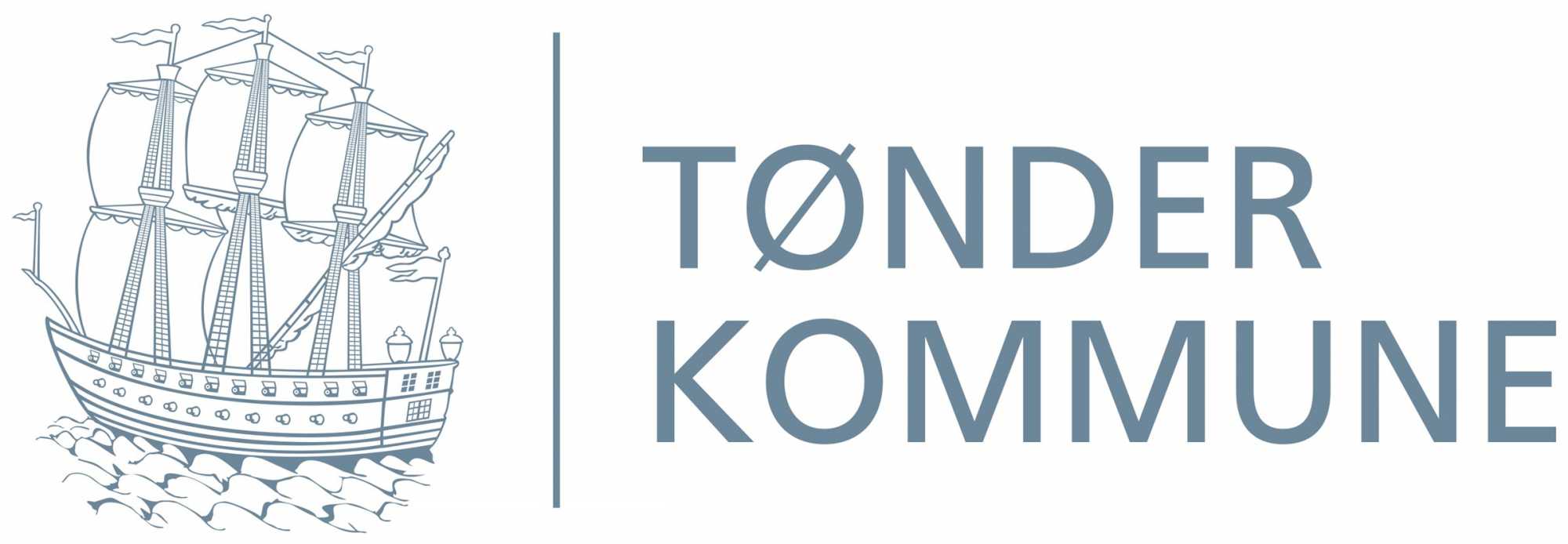
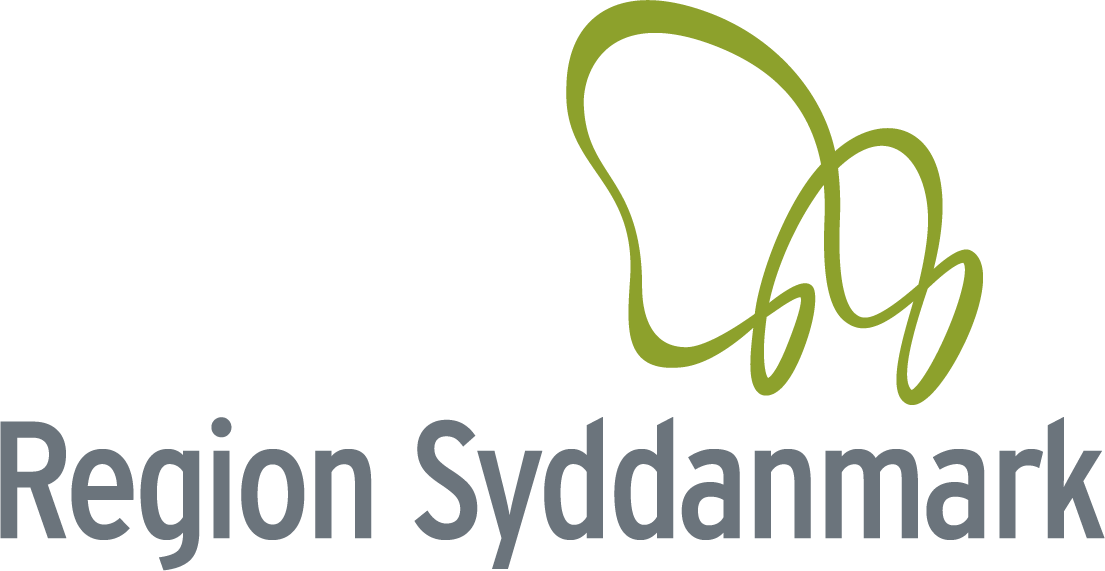
.png)




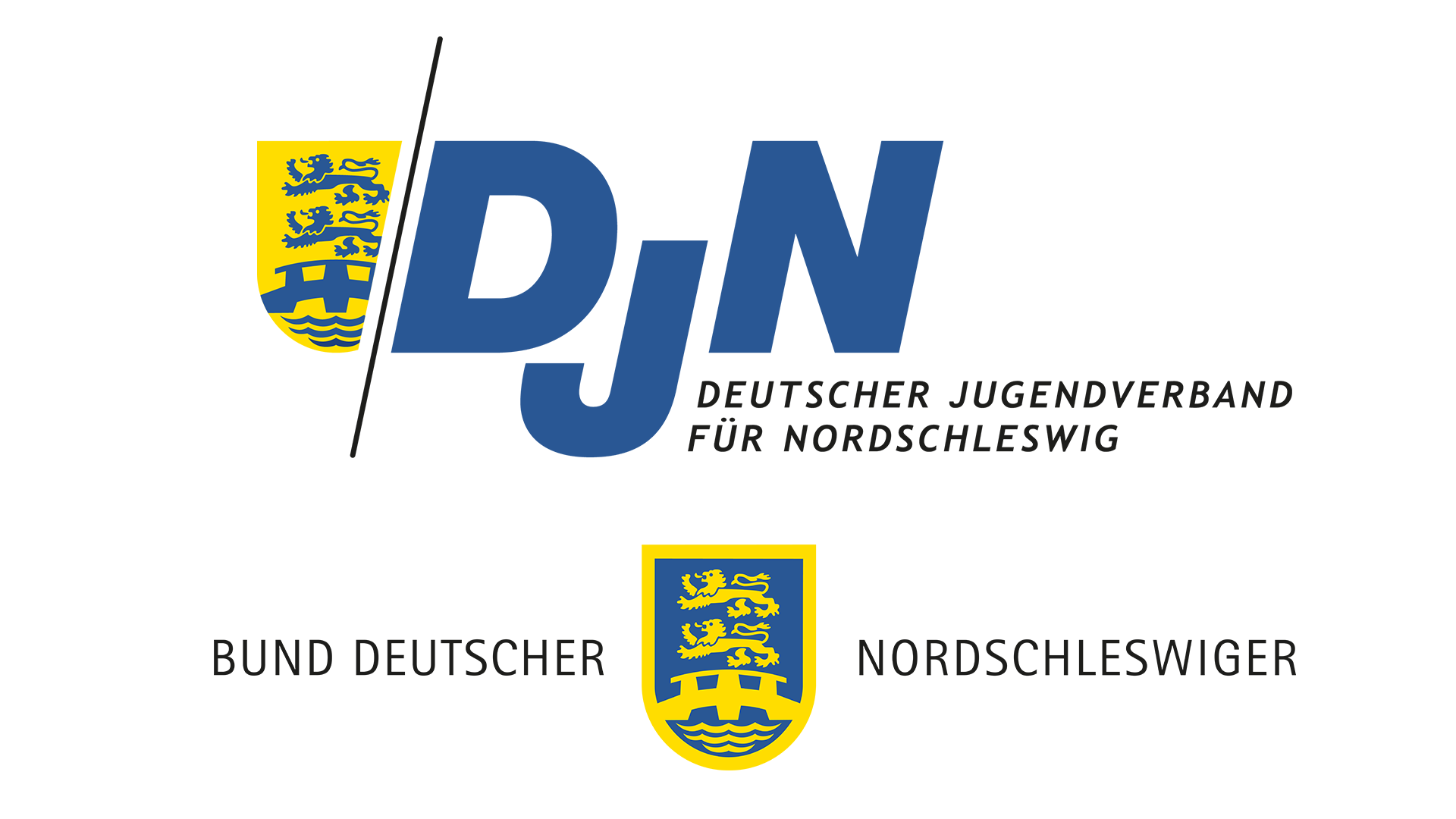
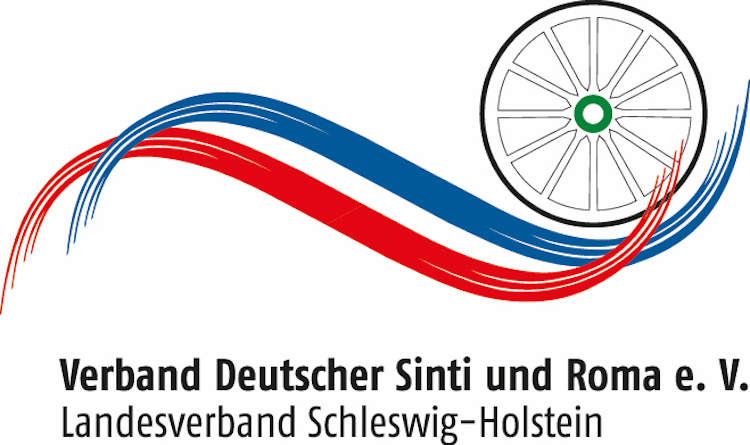

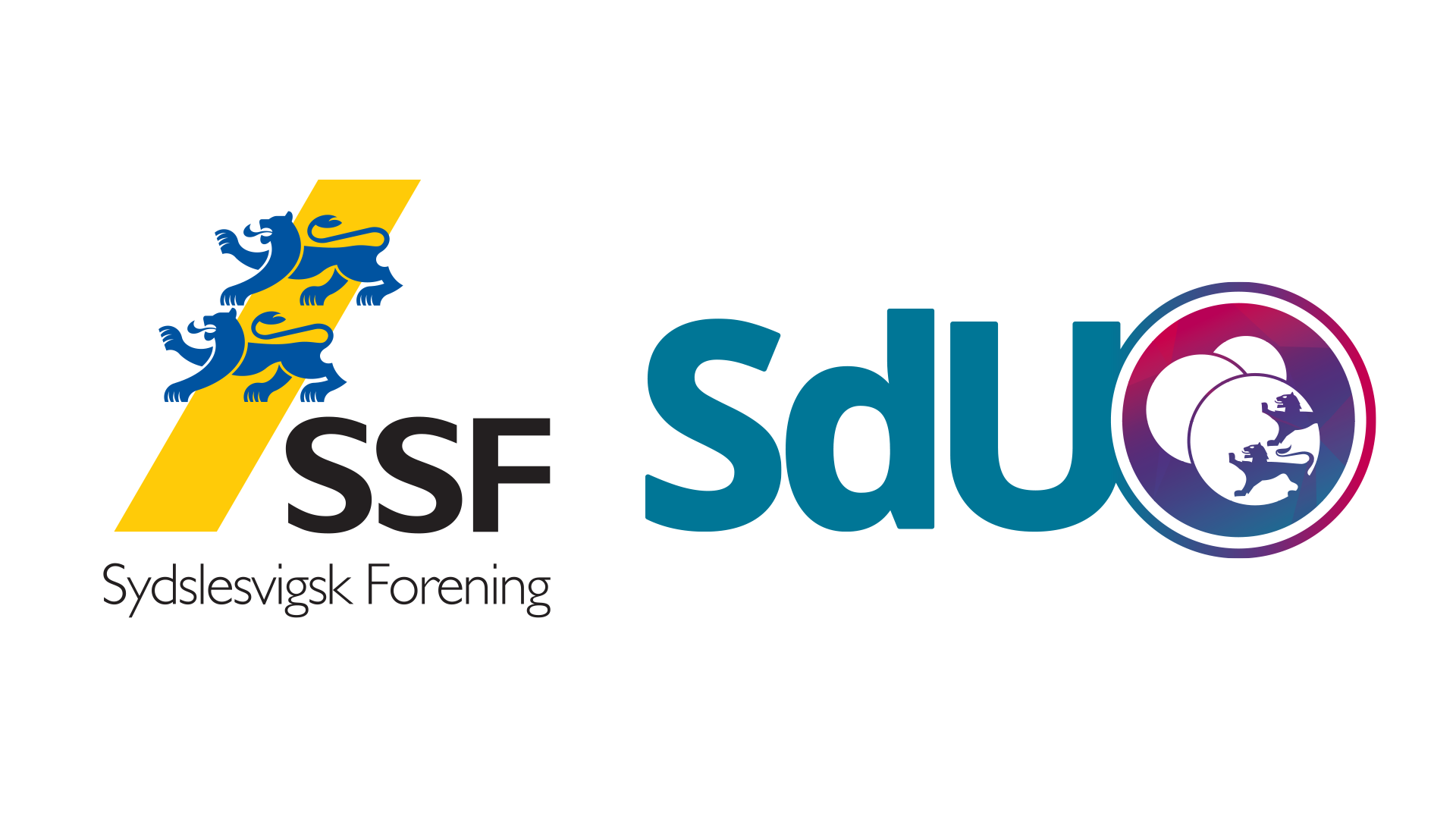
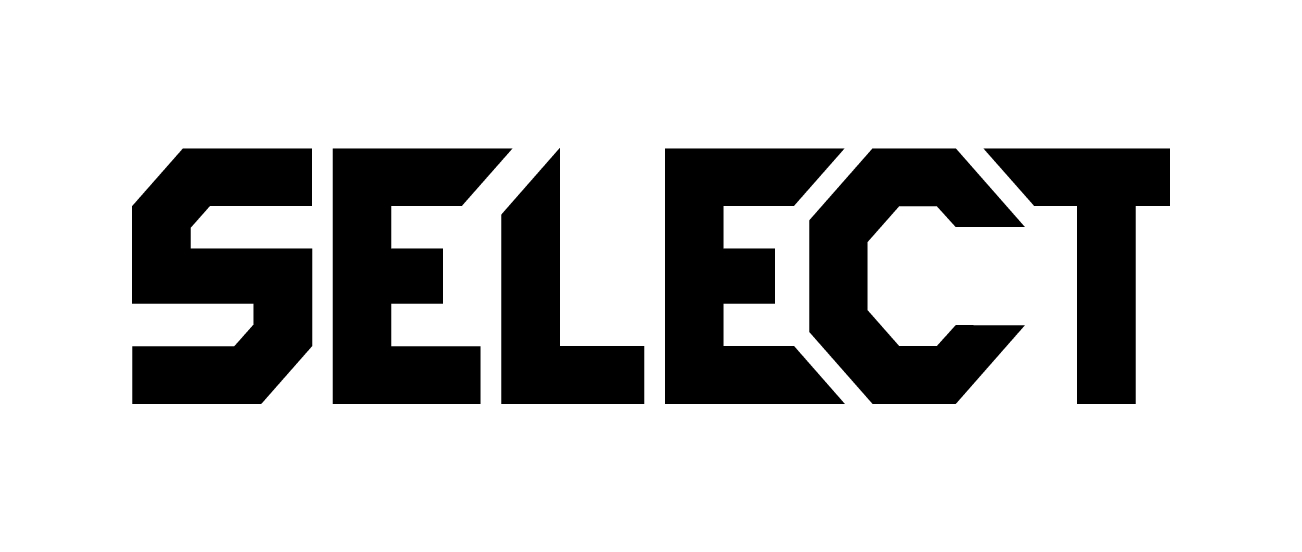

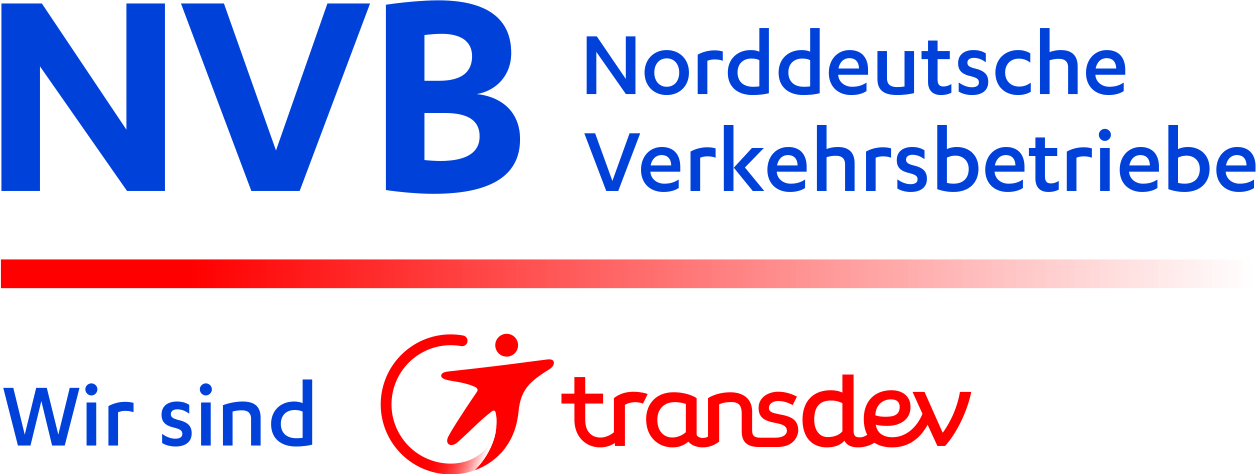

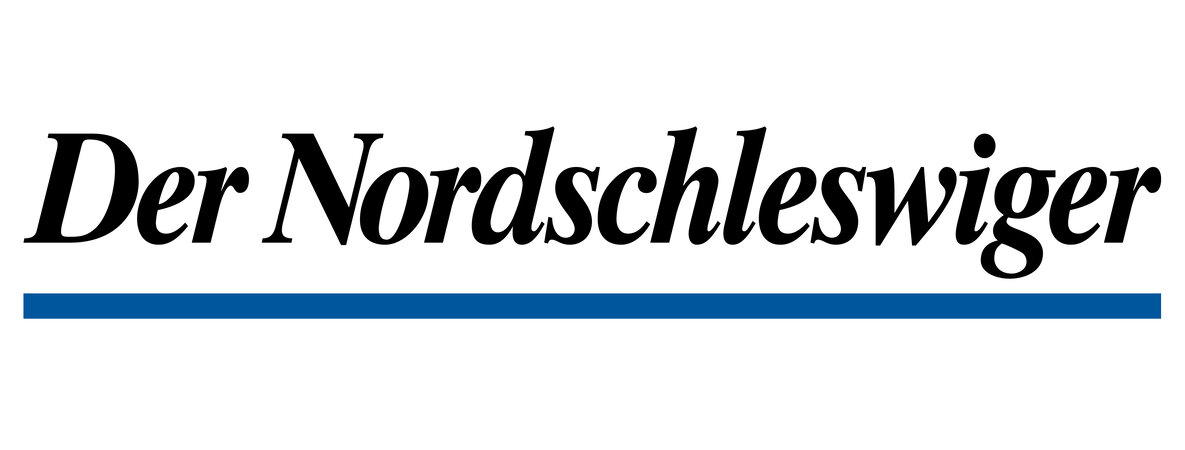




-1.png)
_(1).png)
